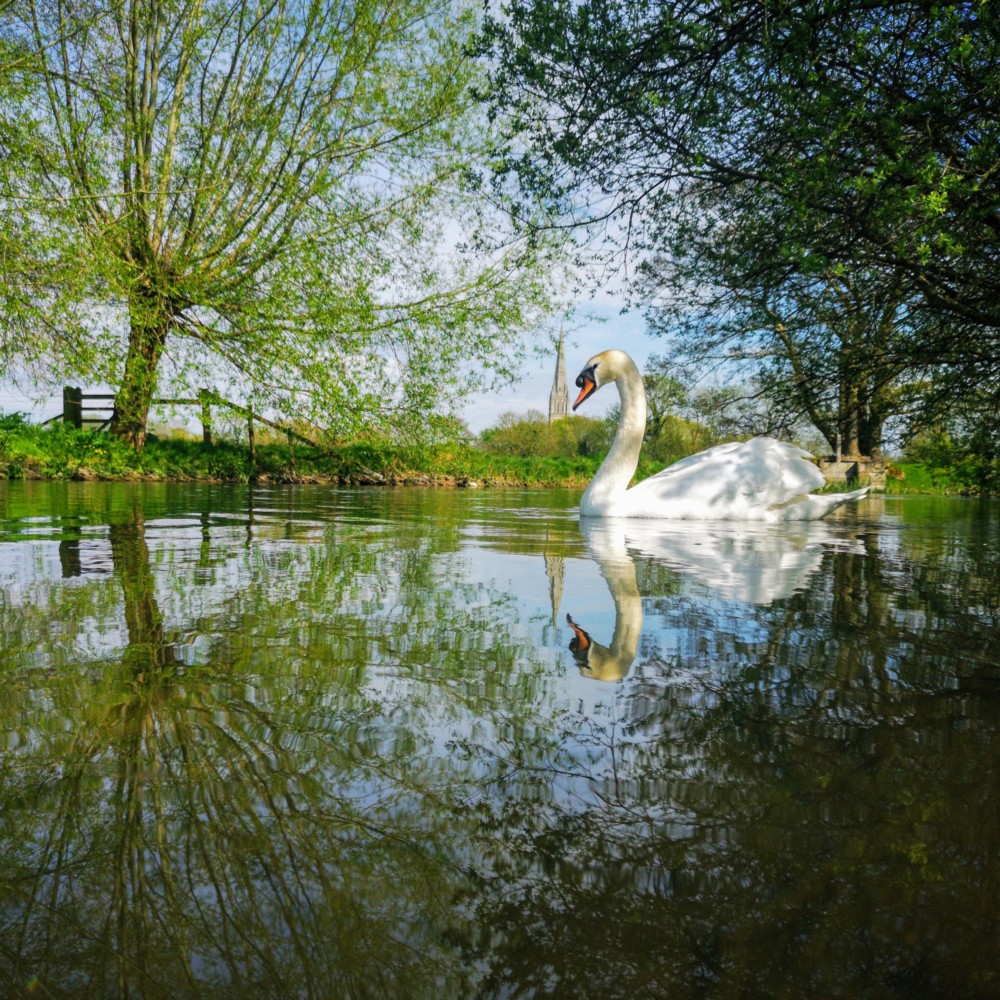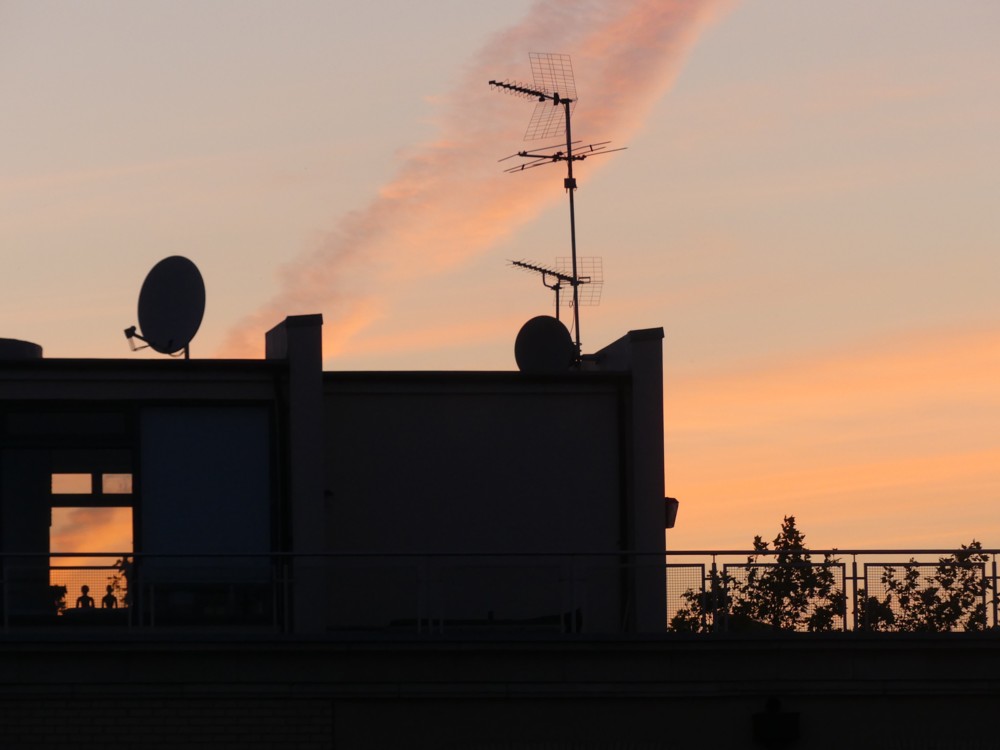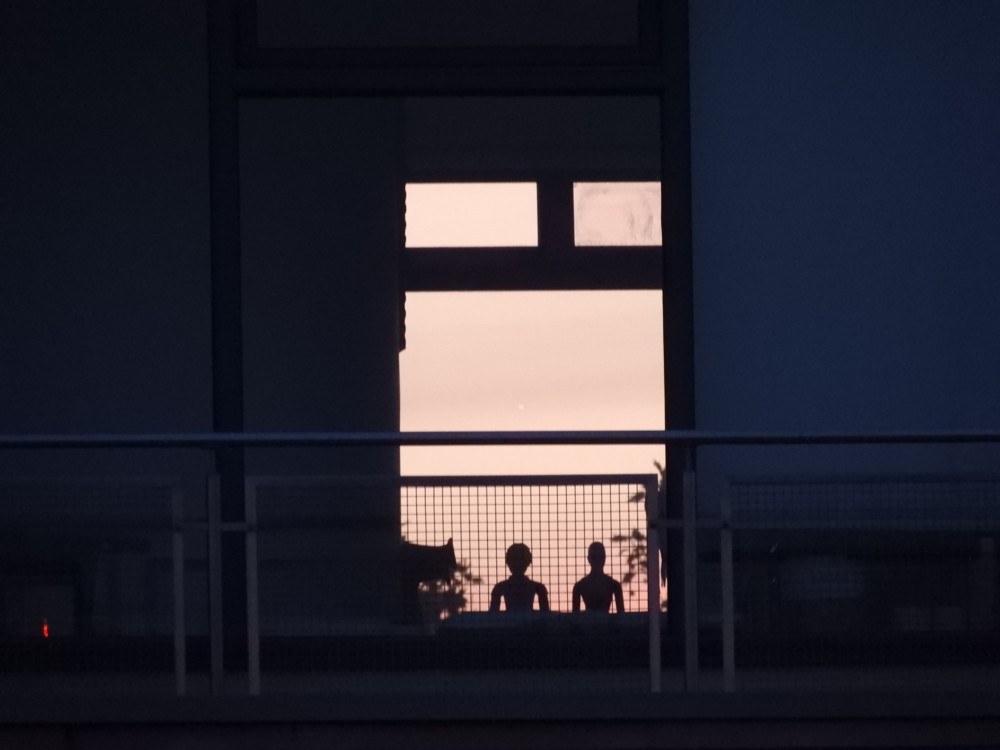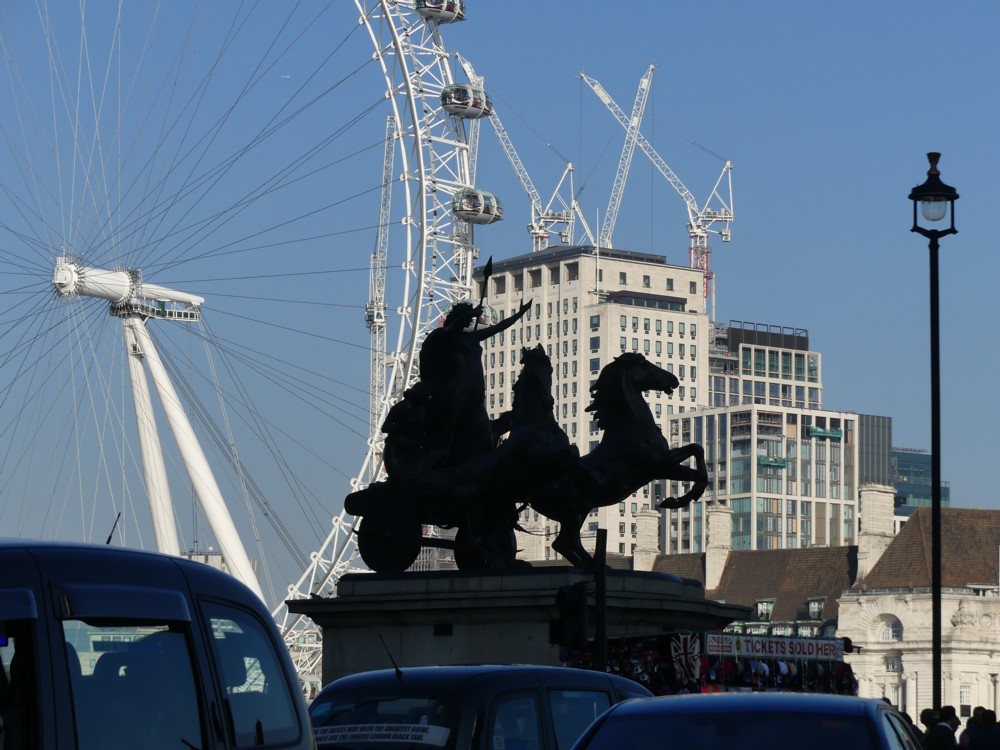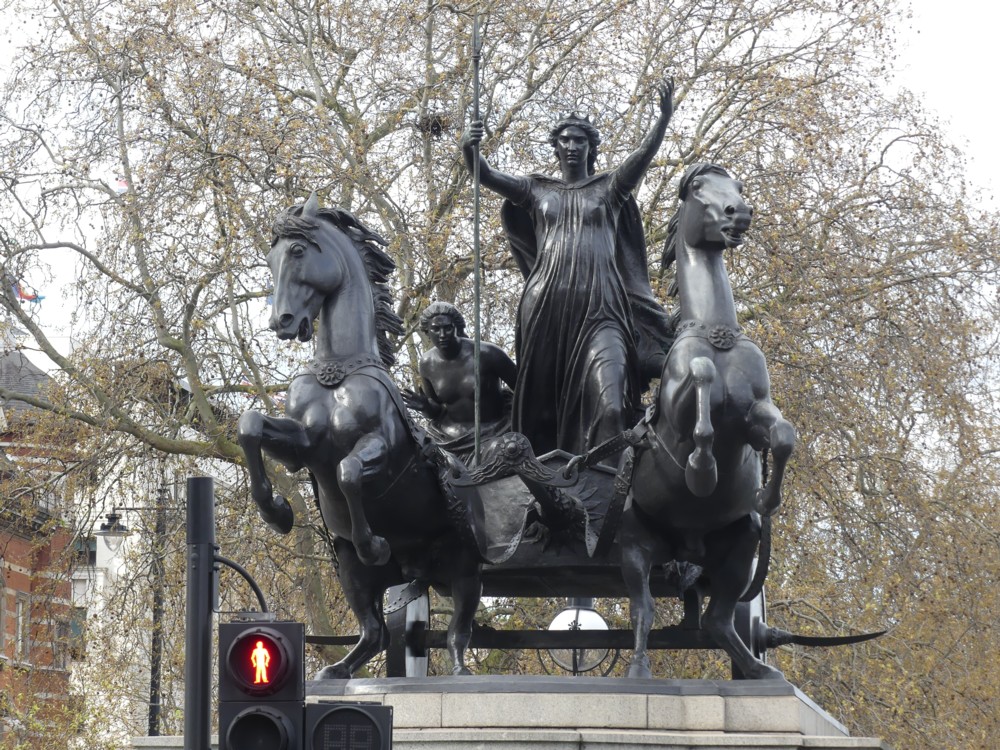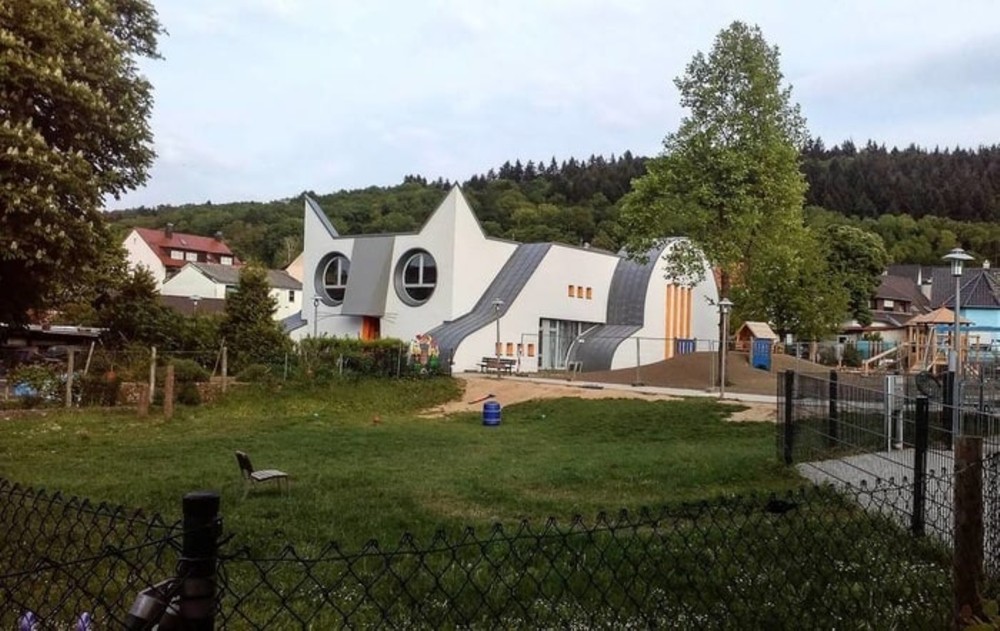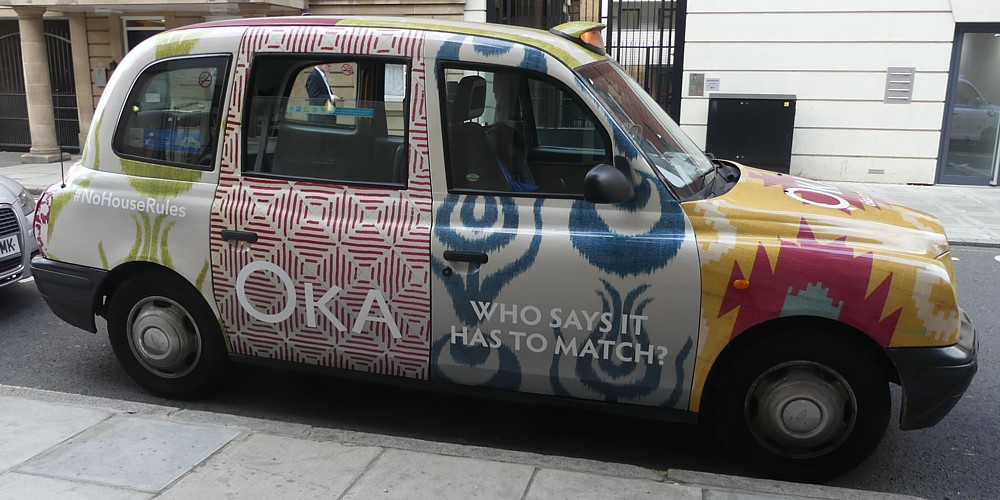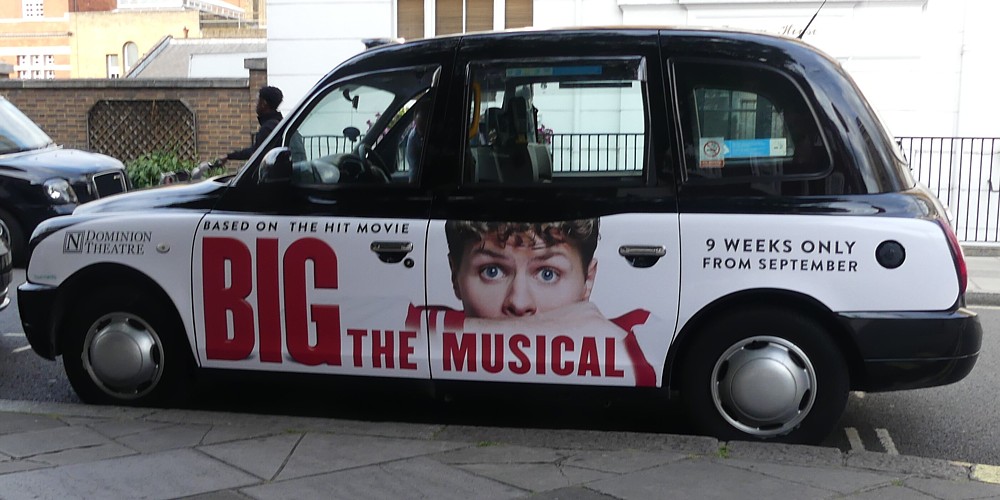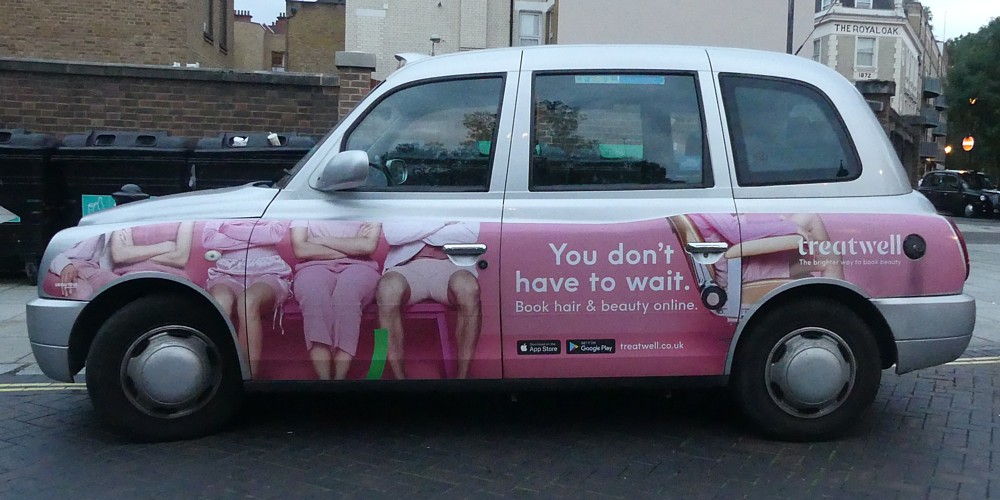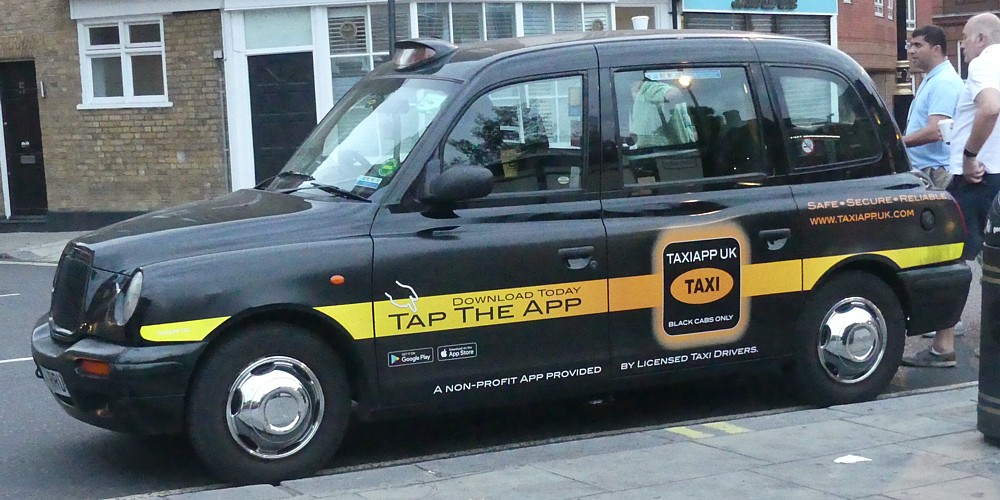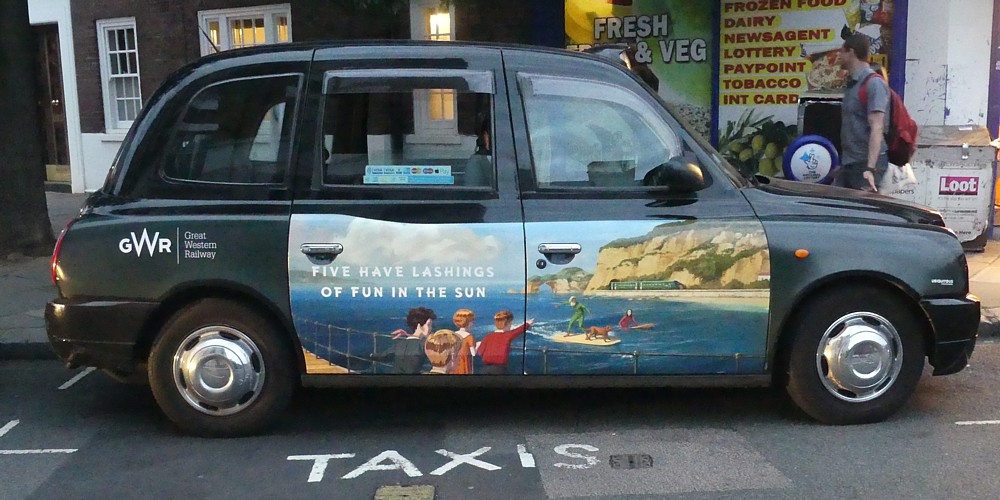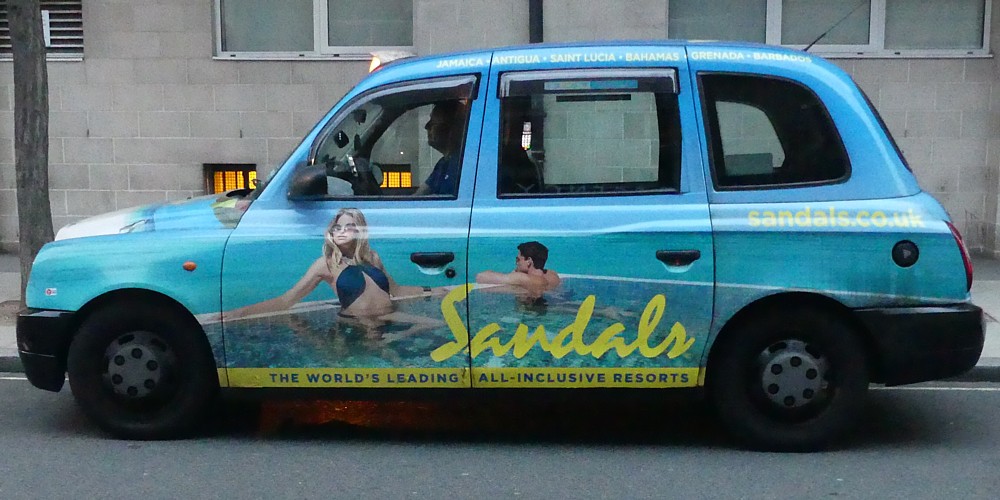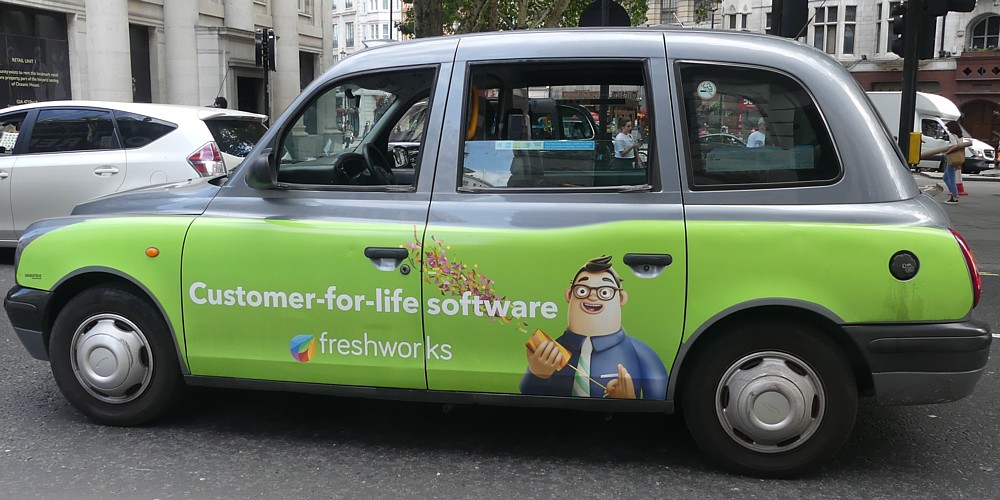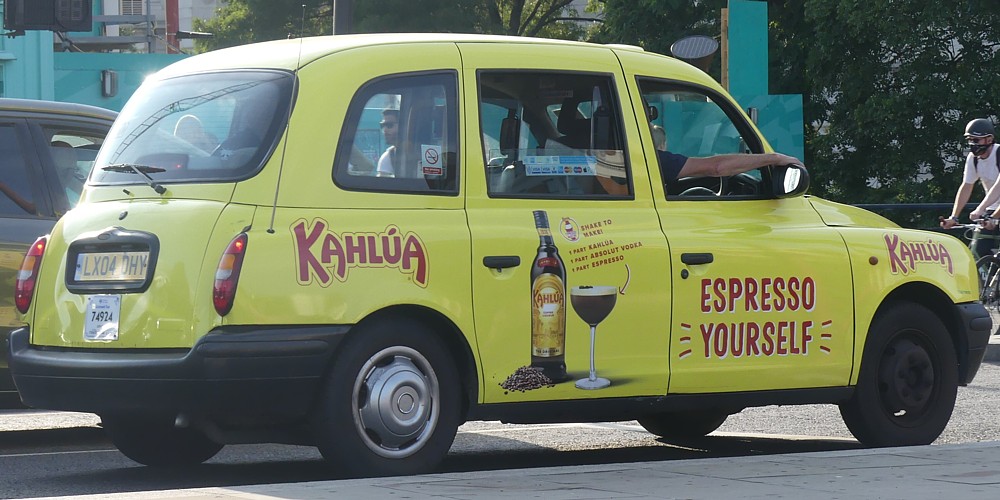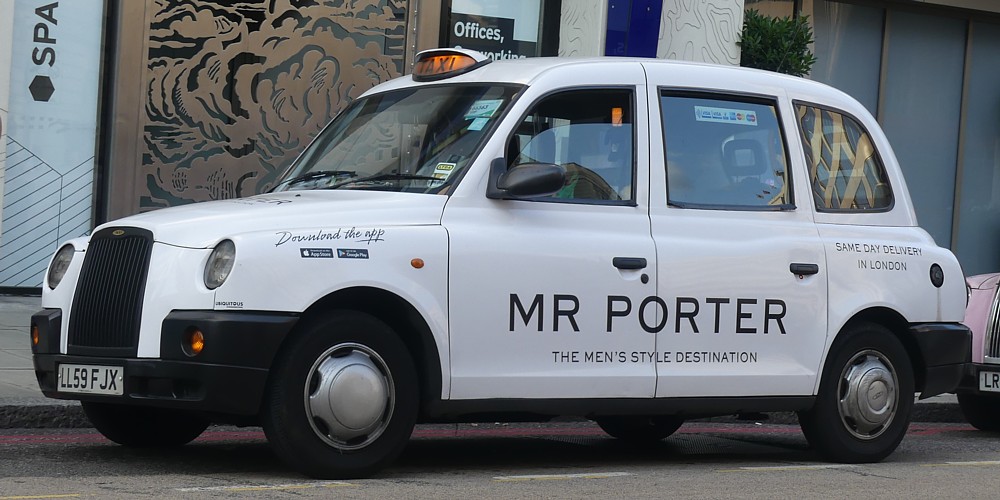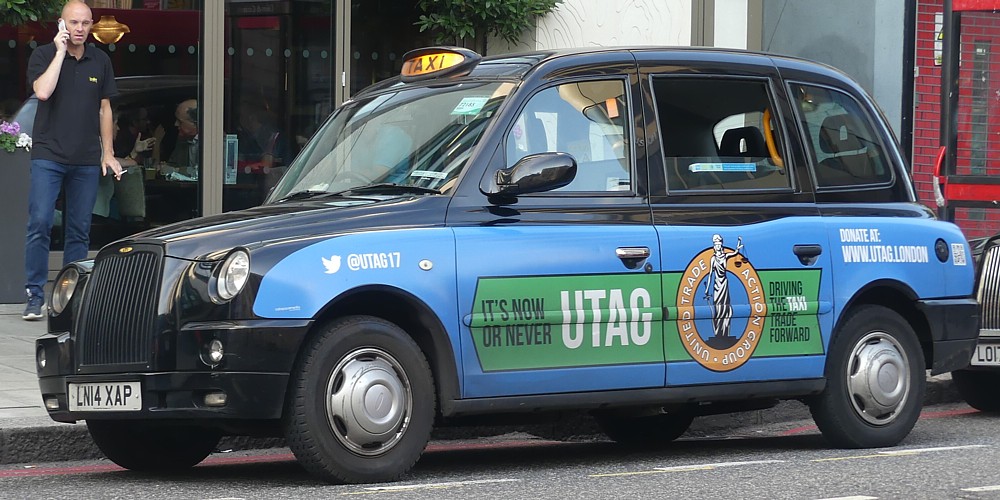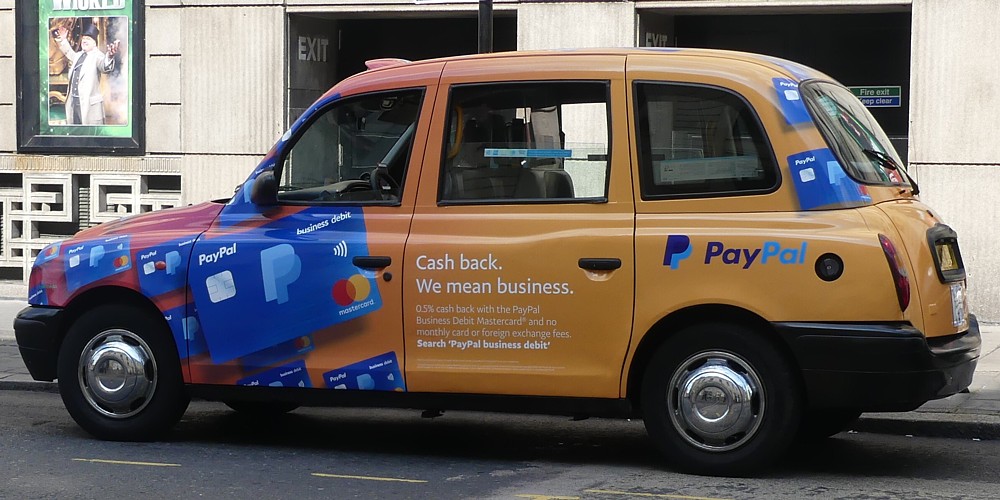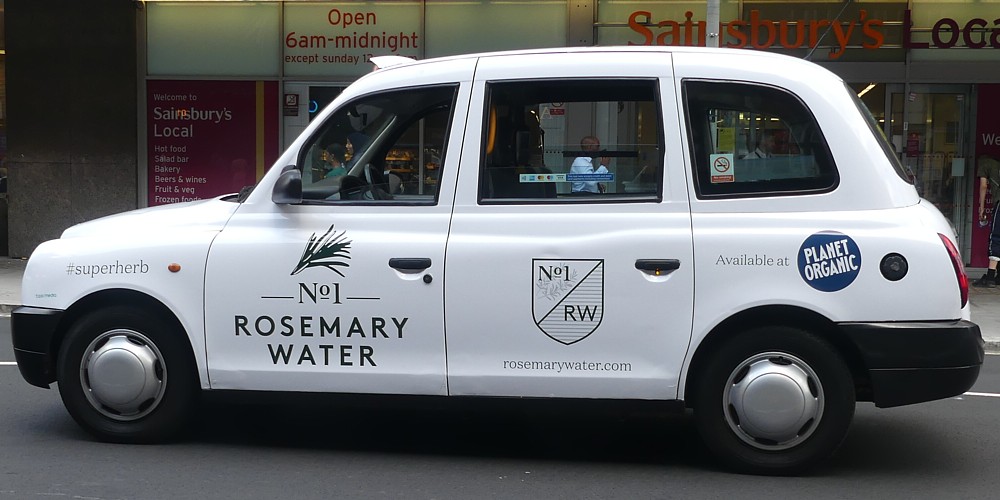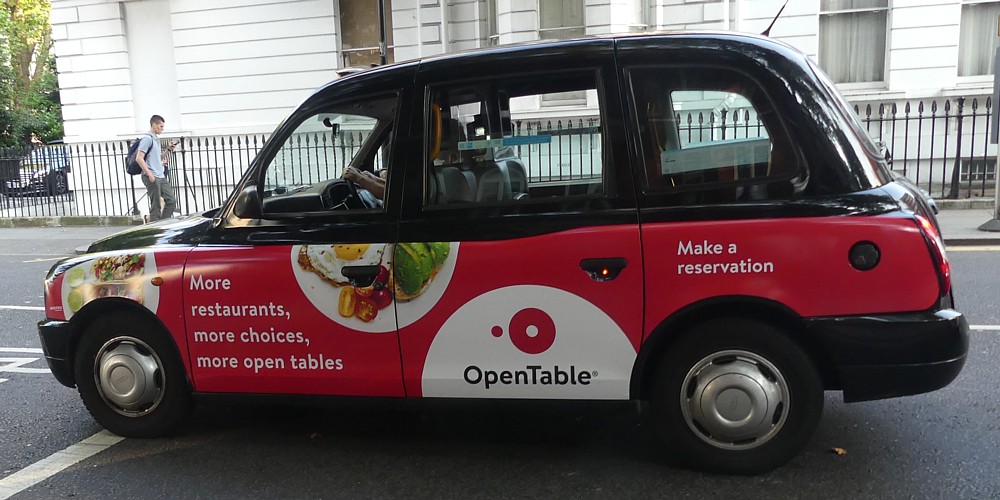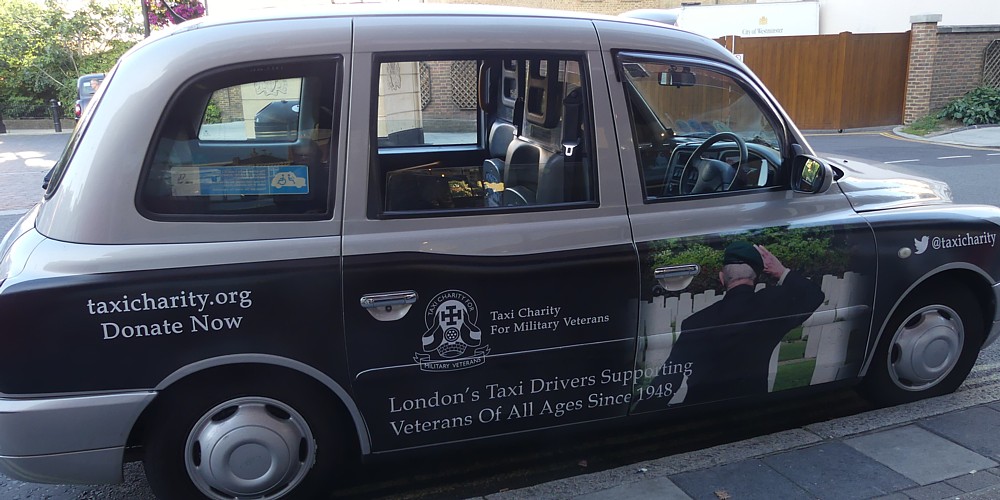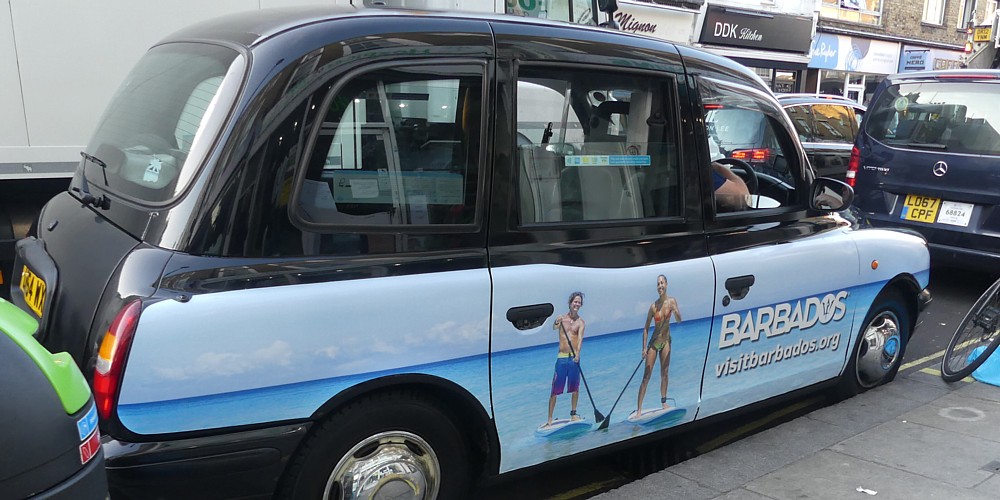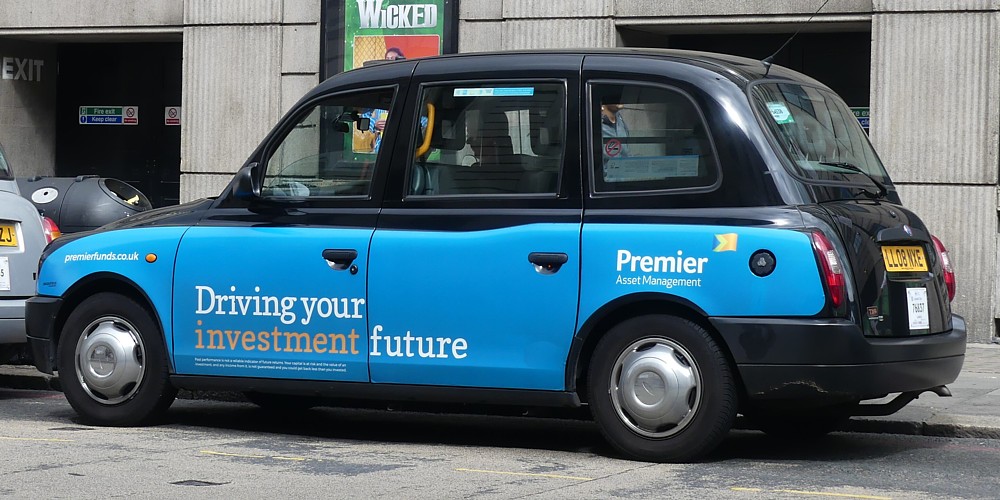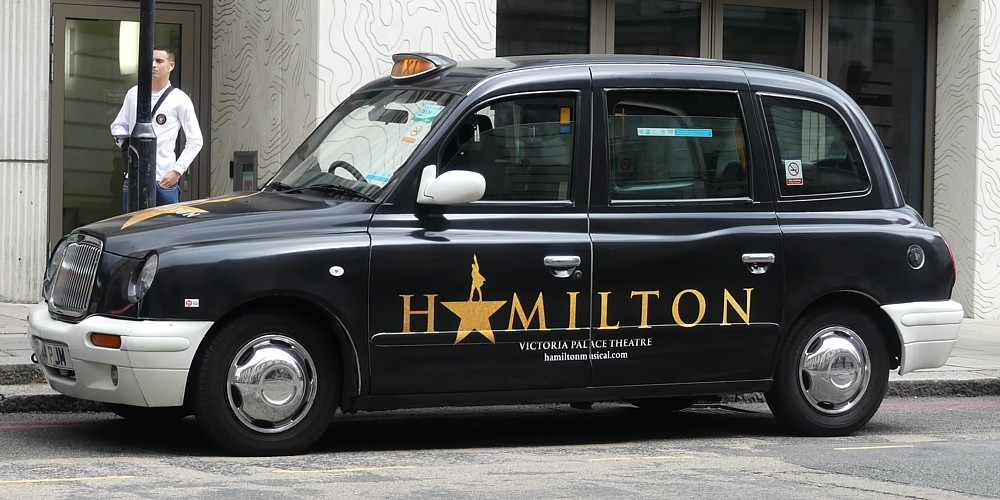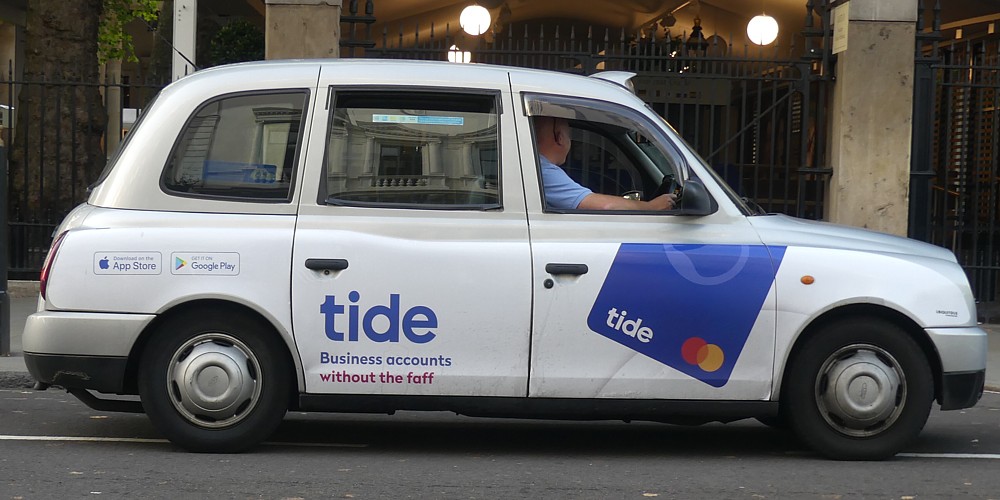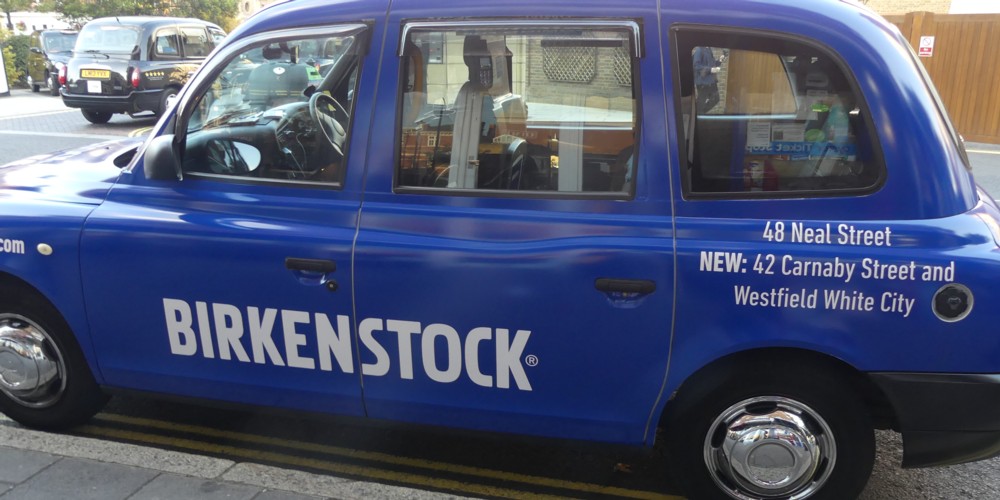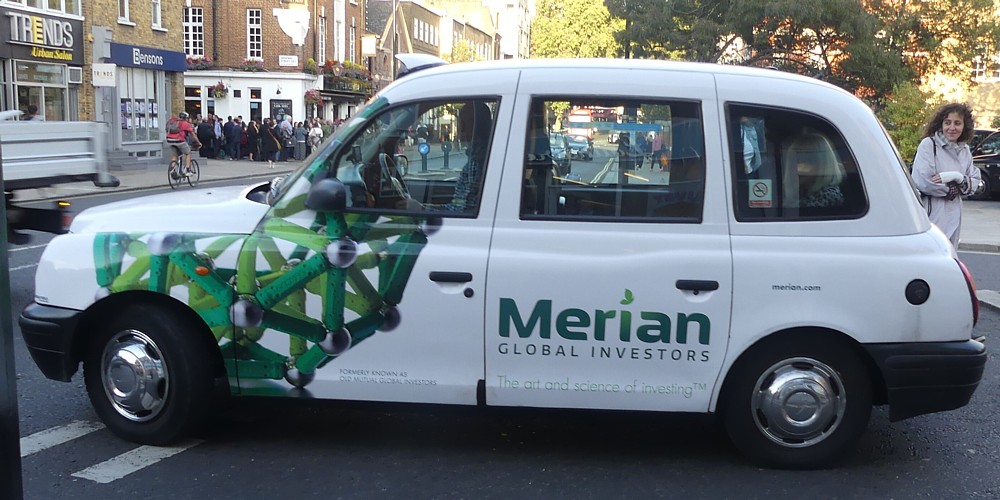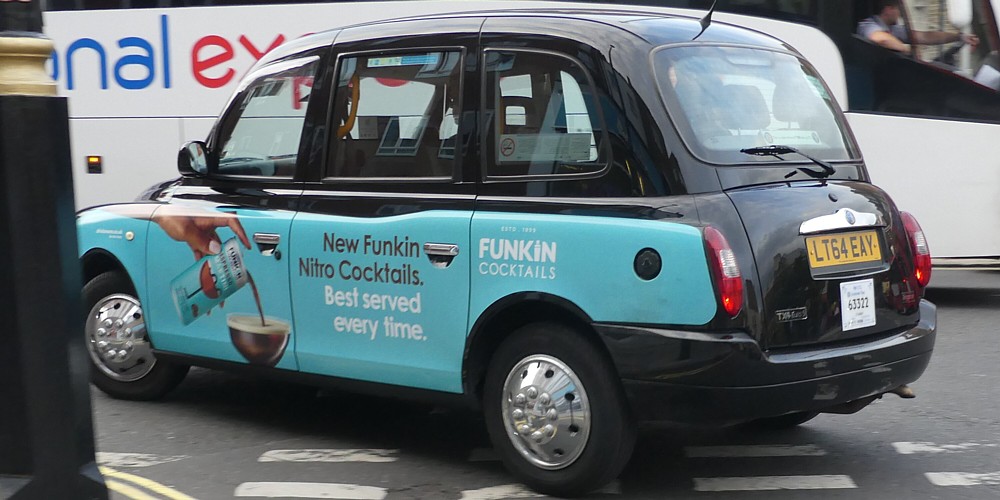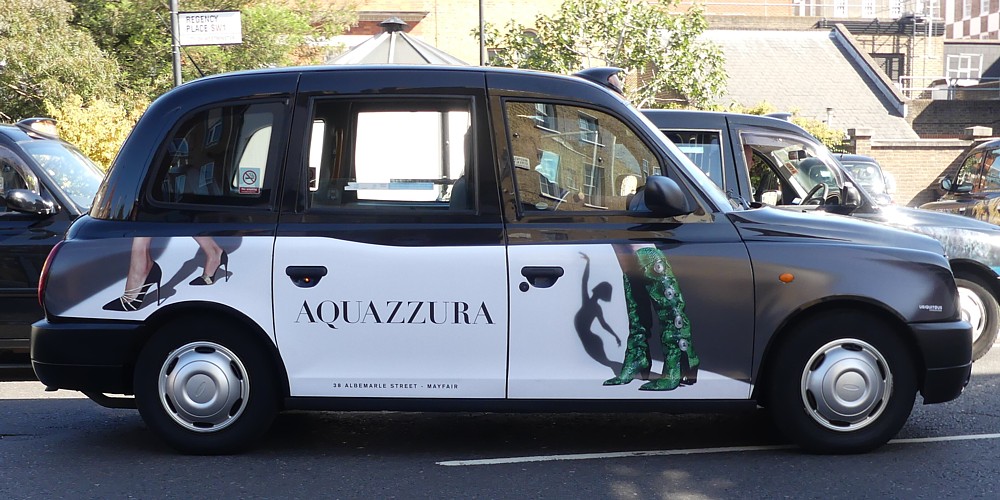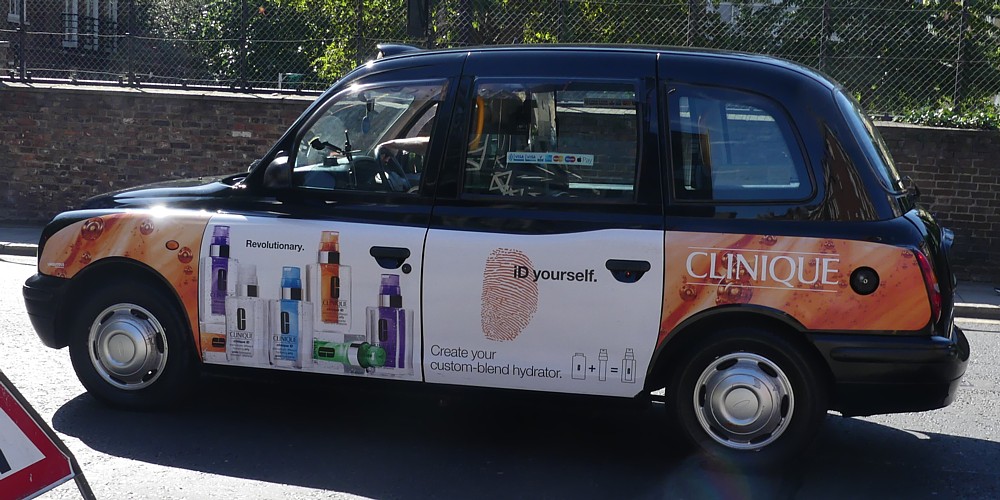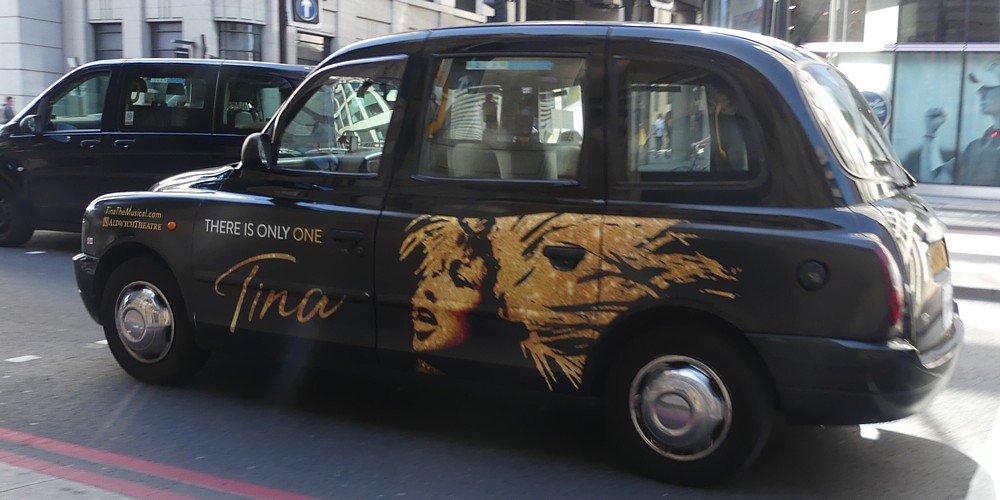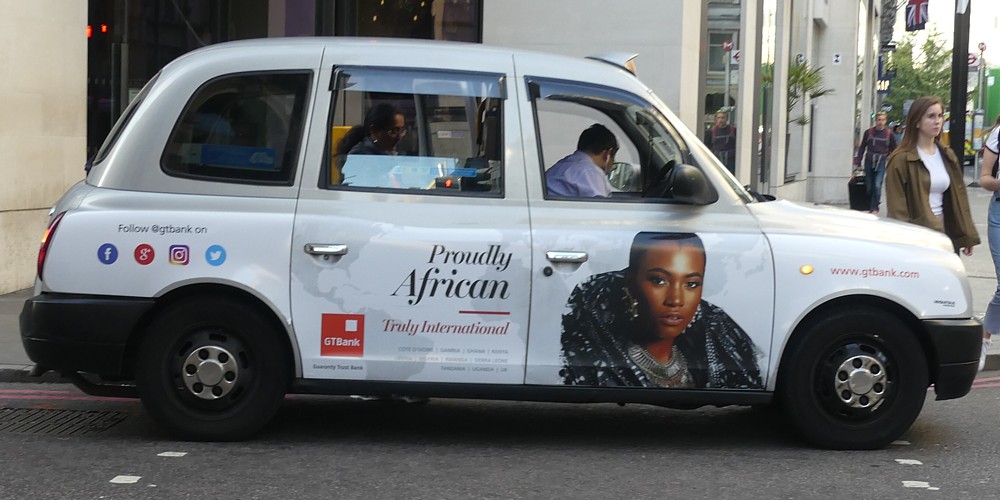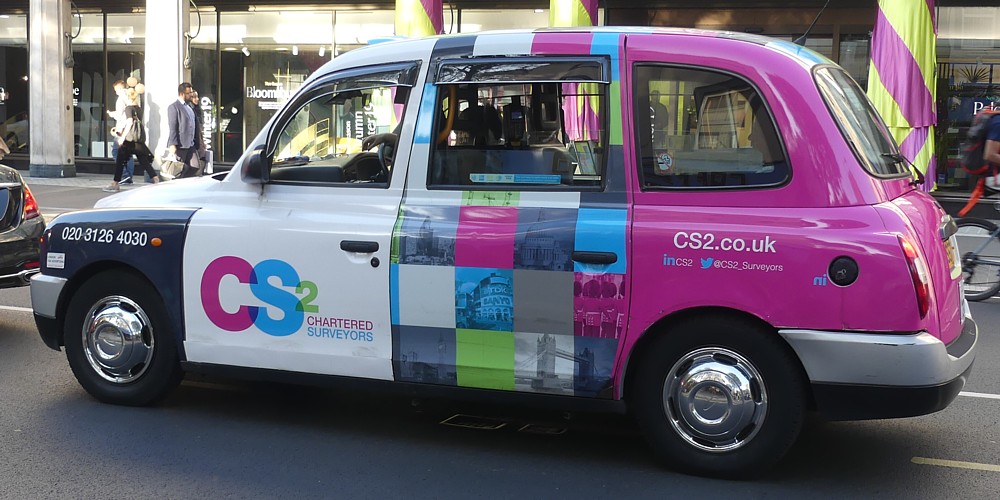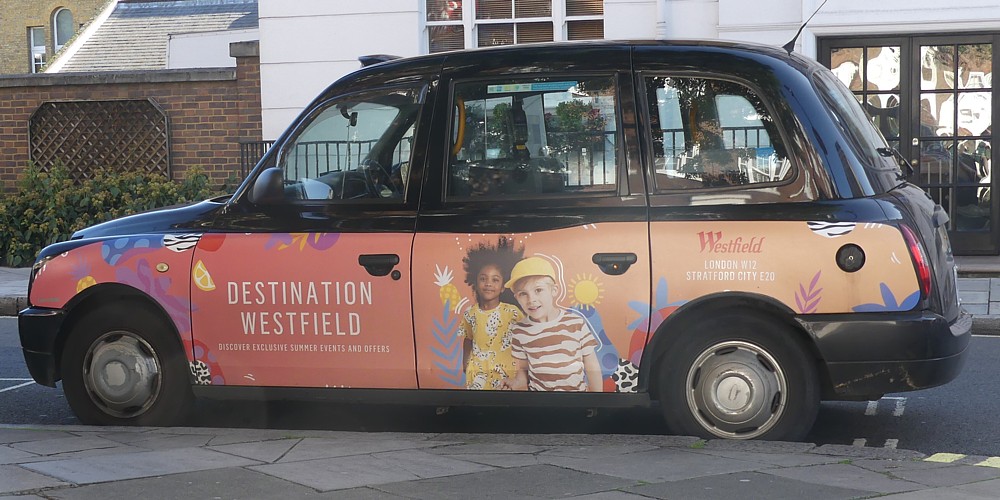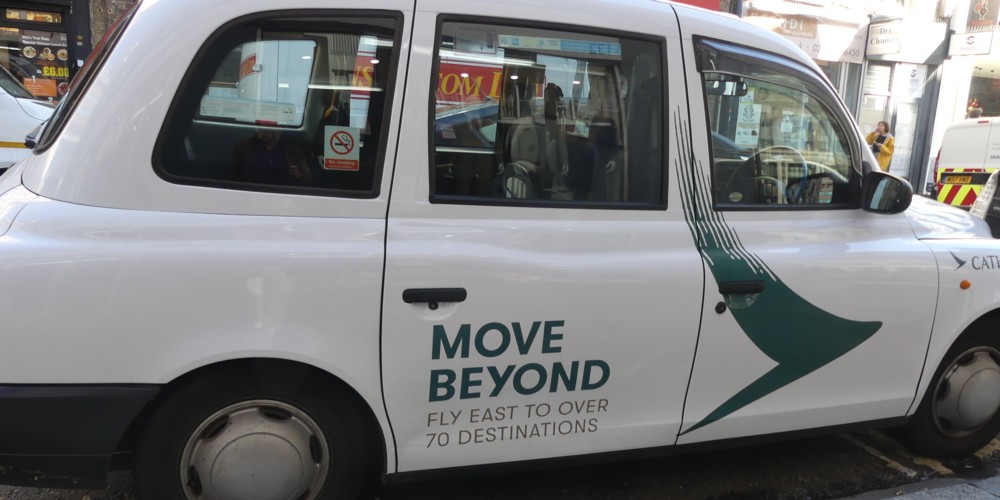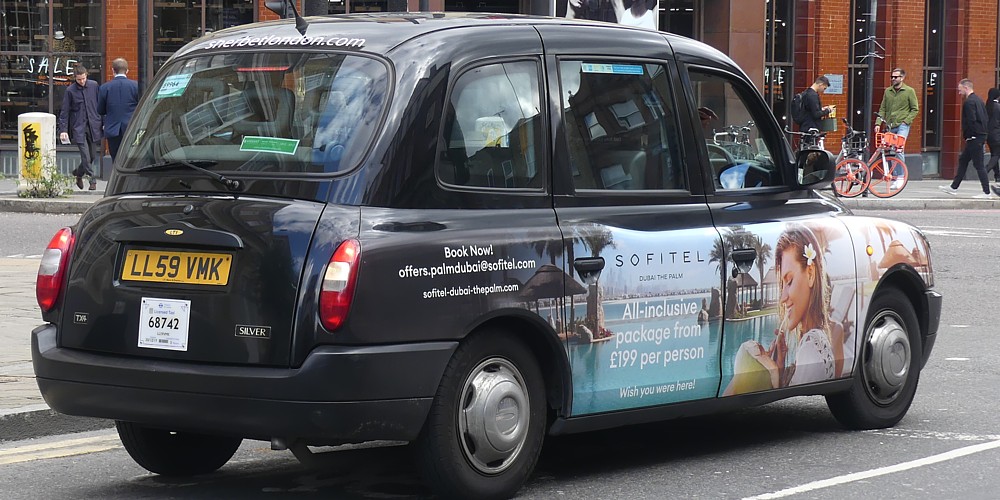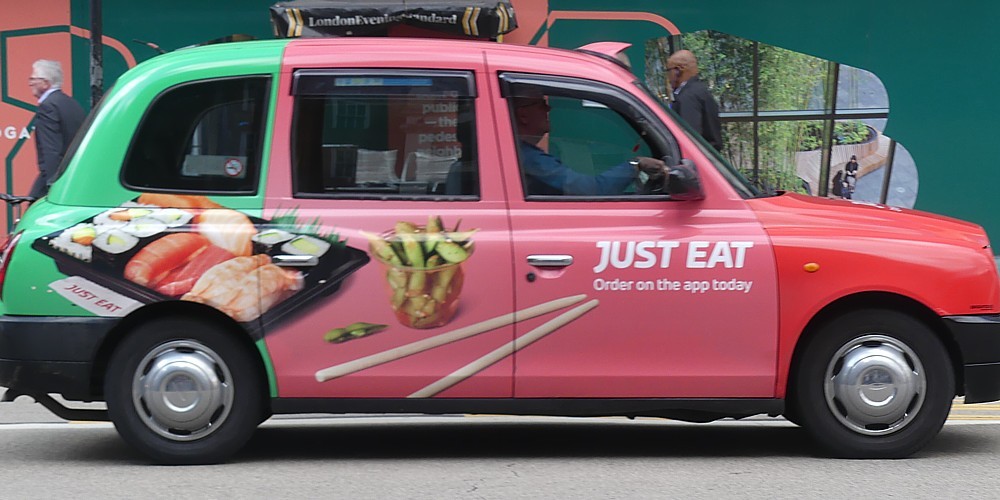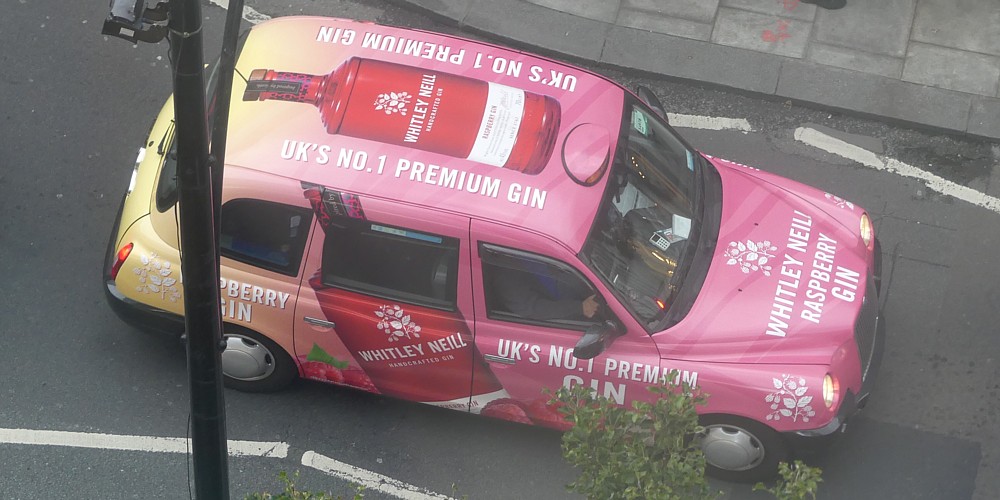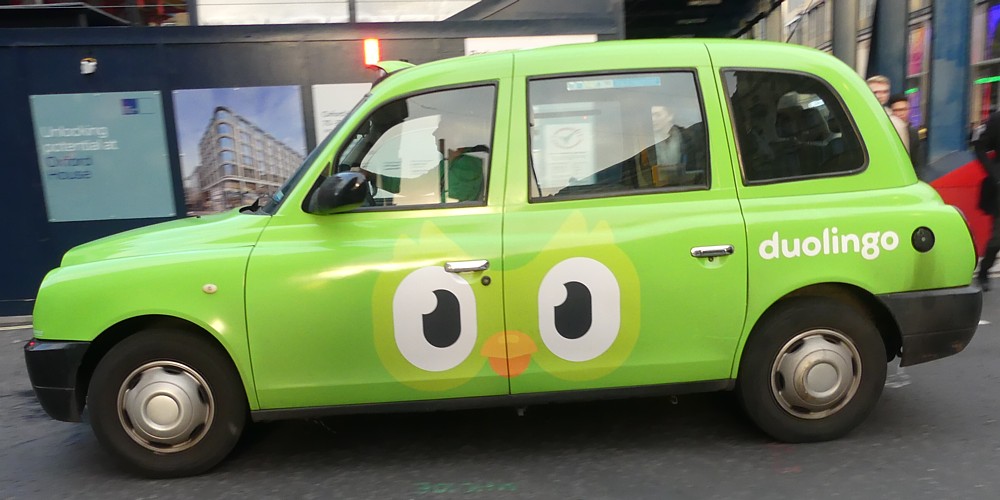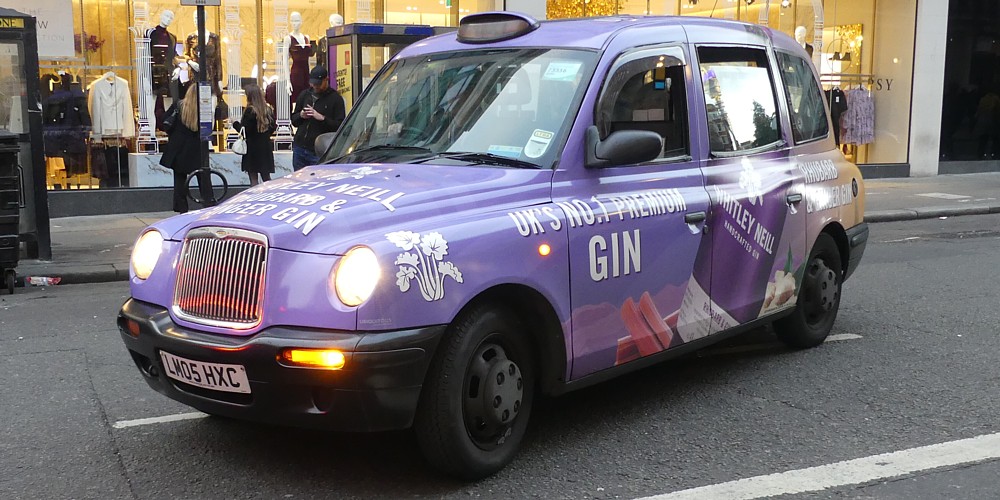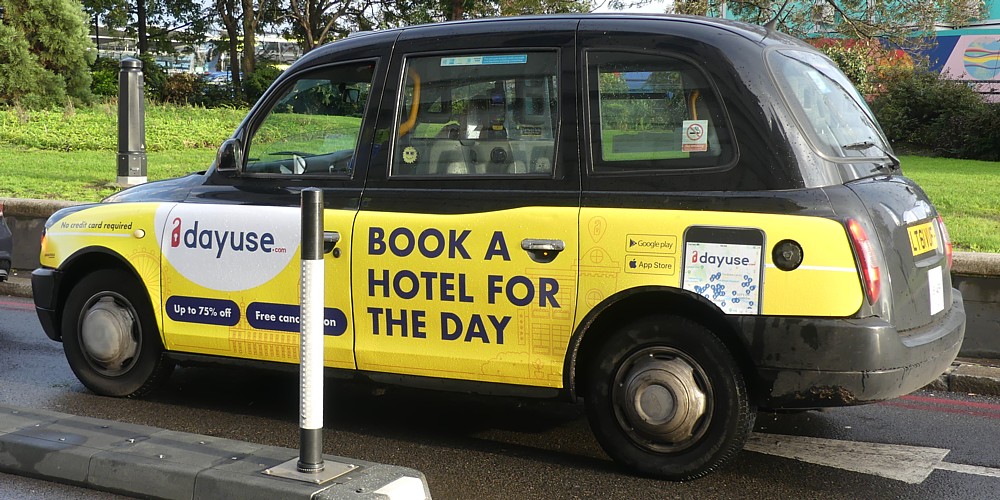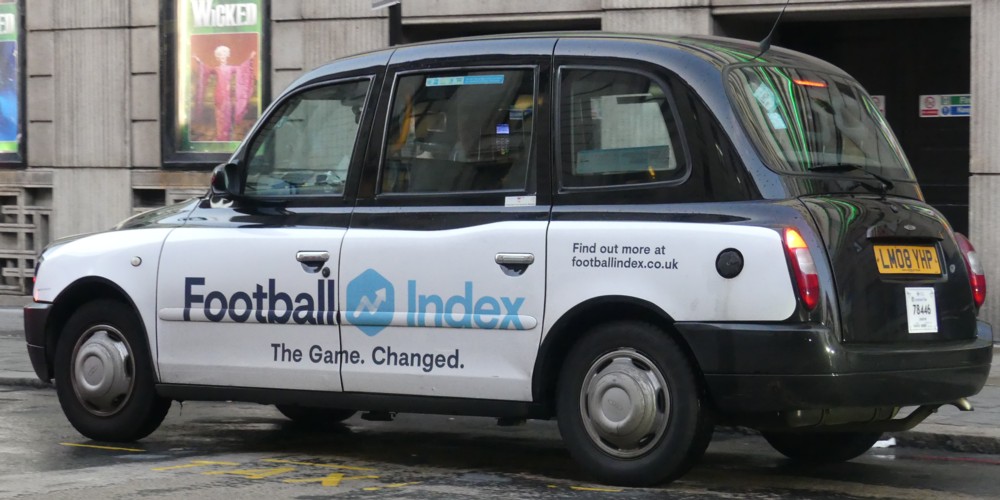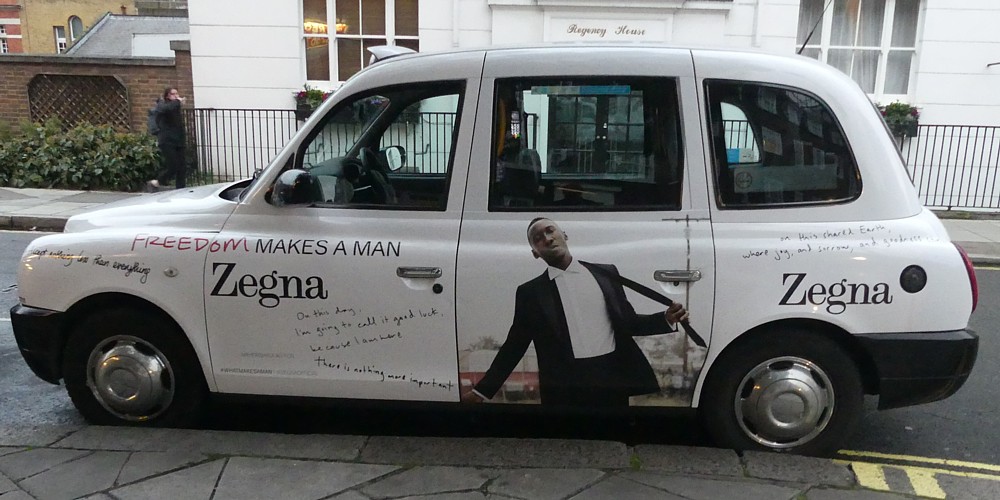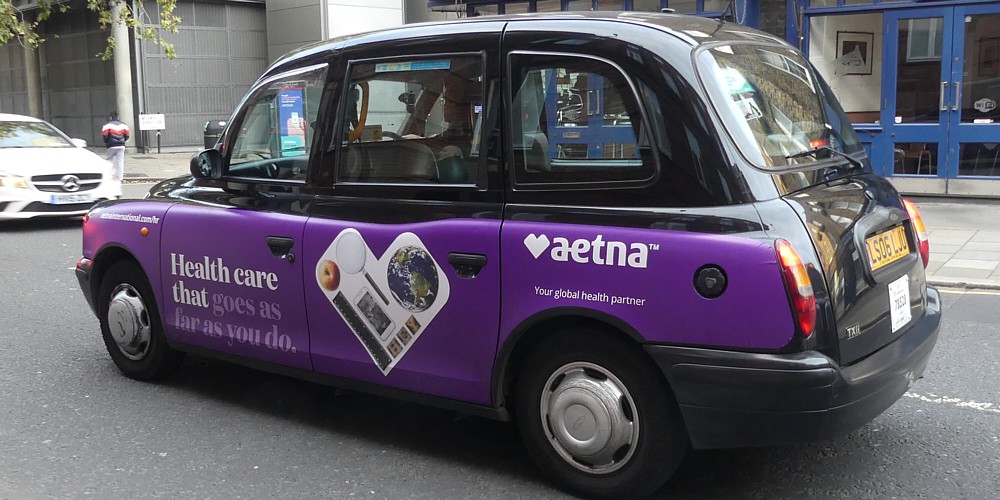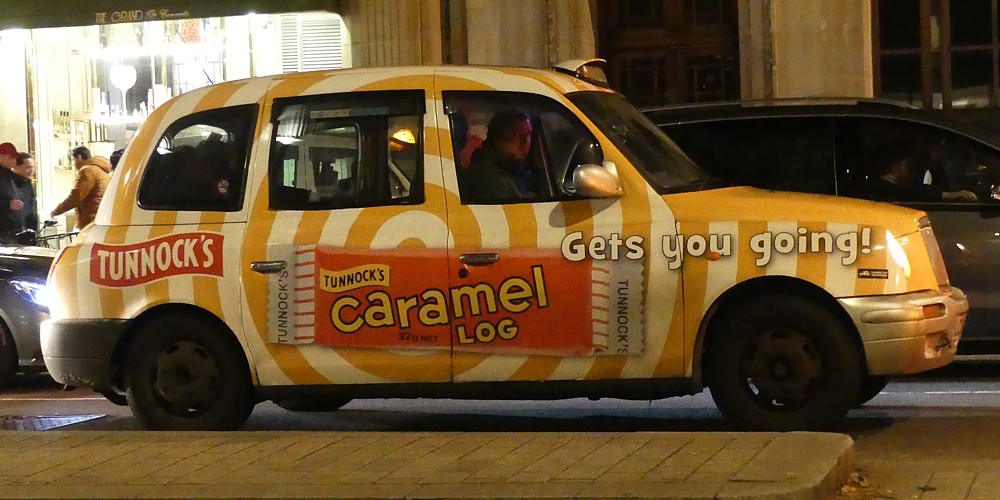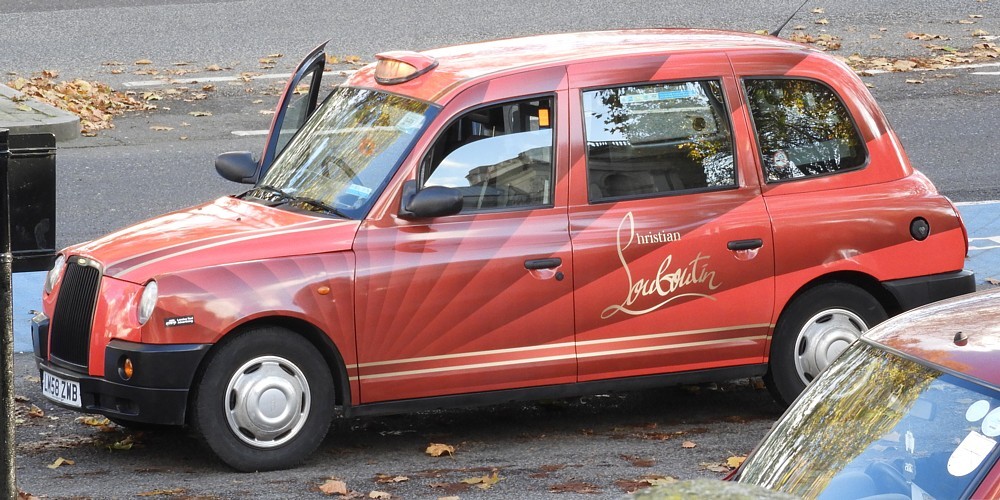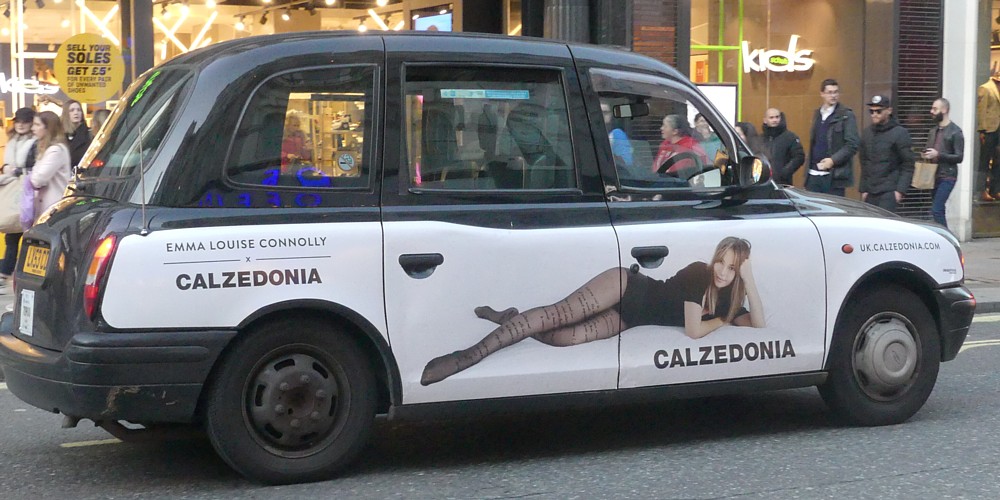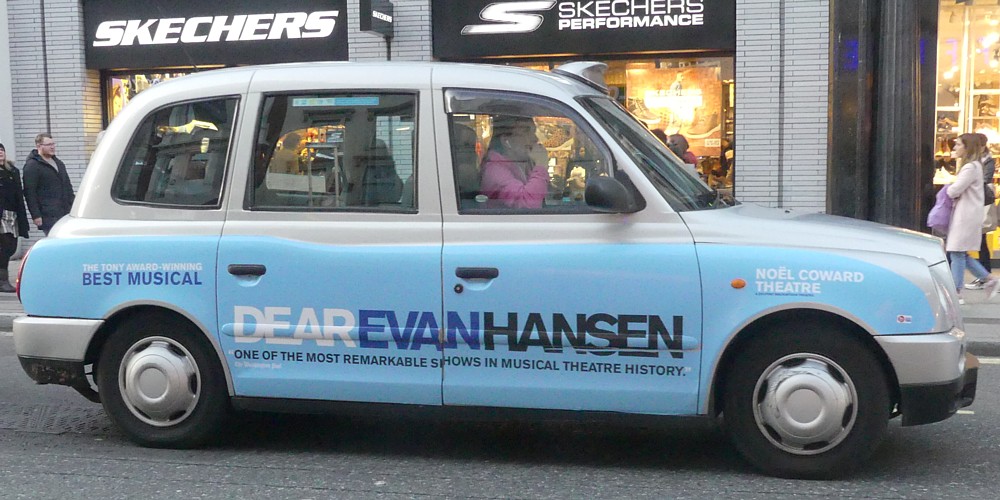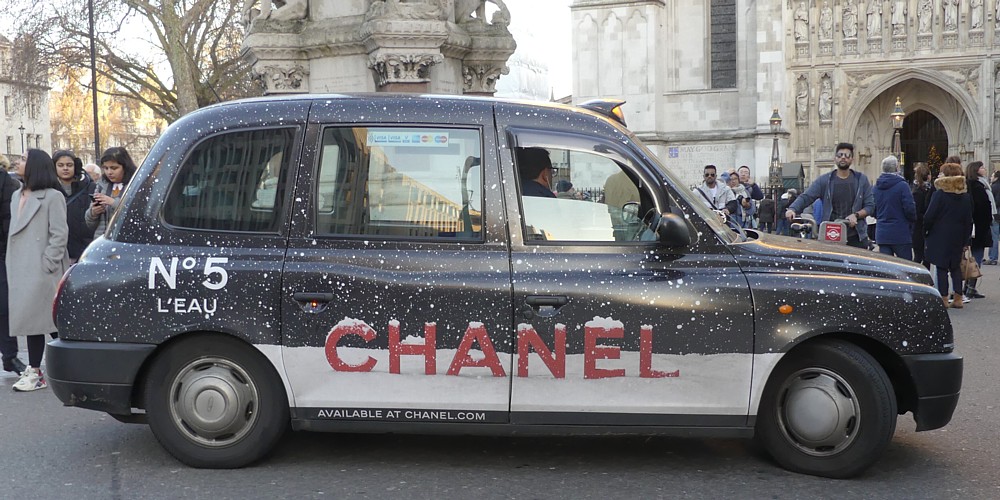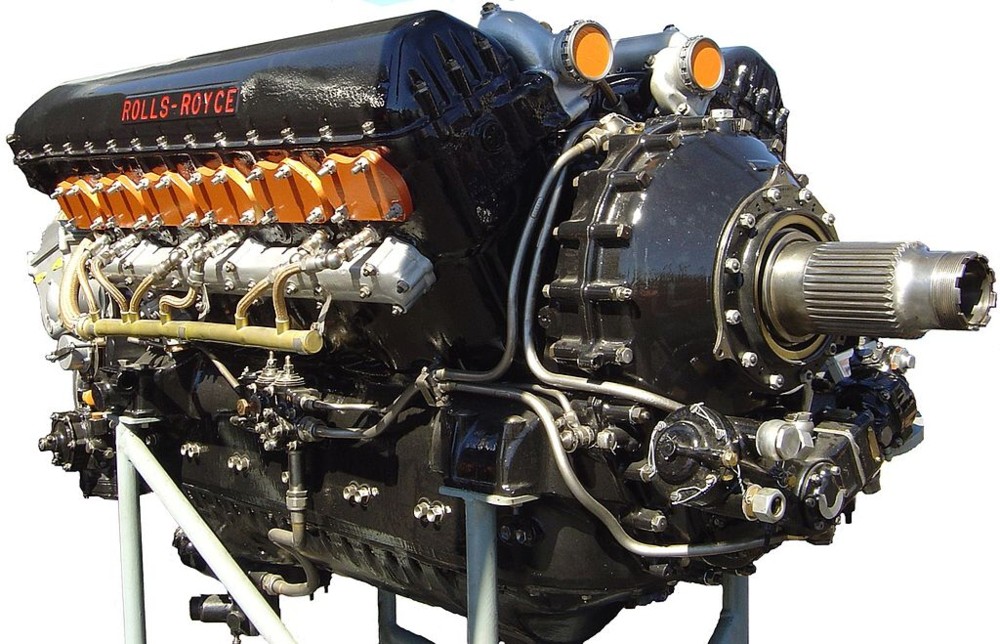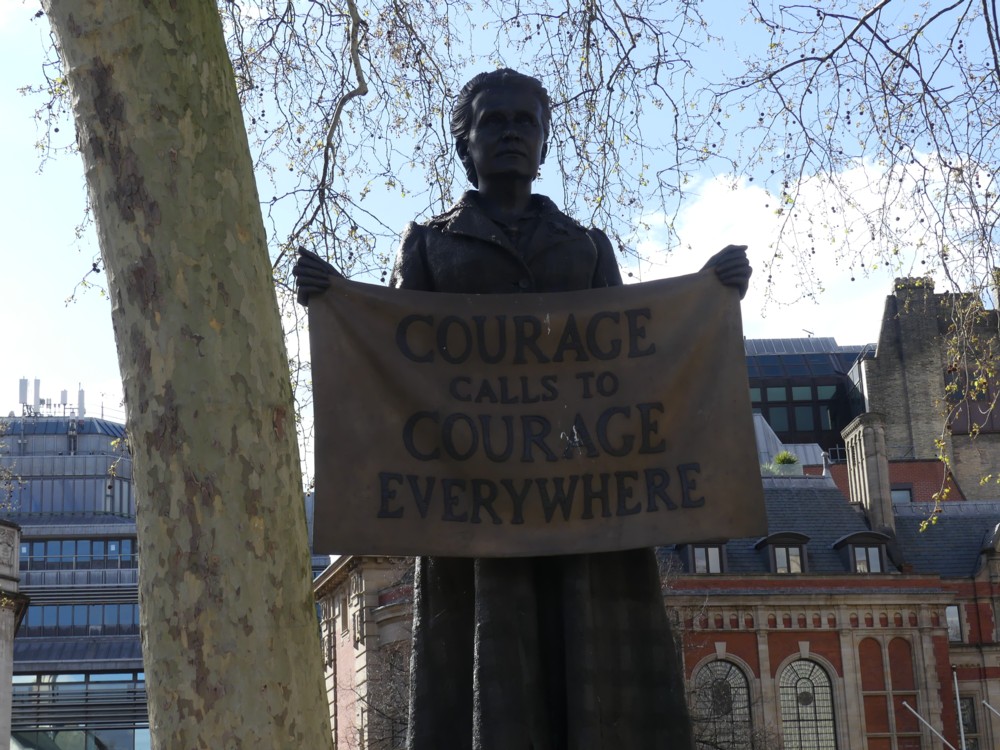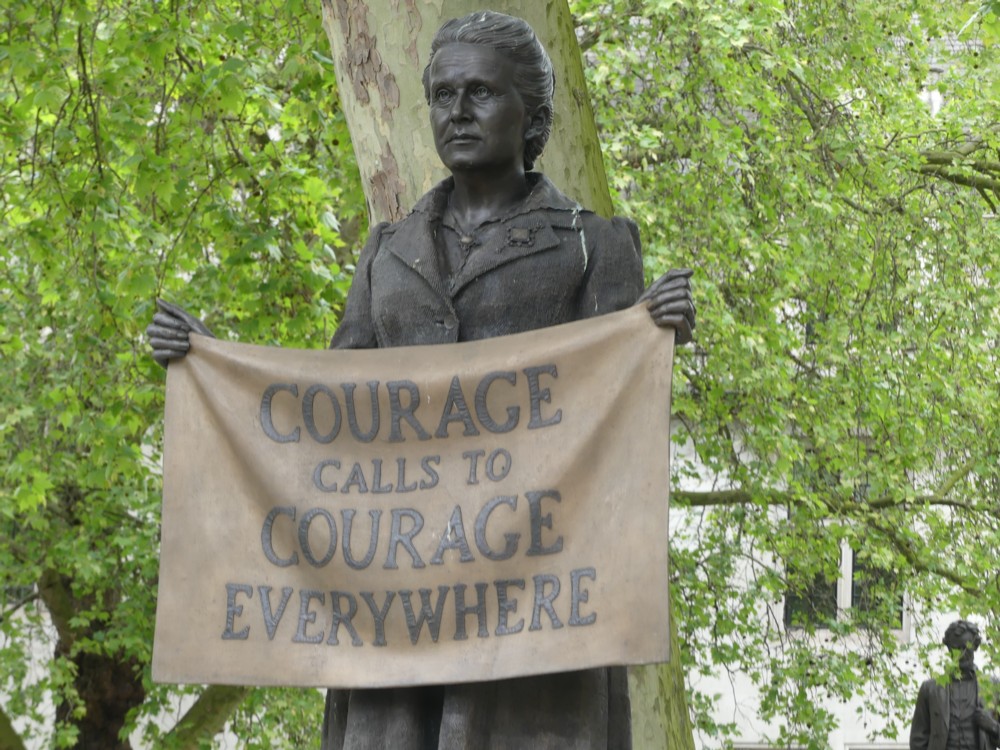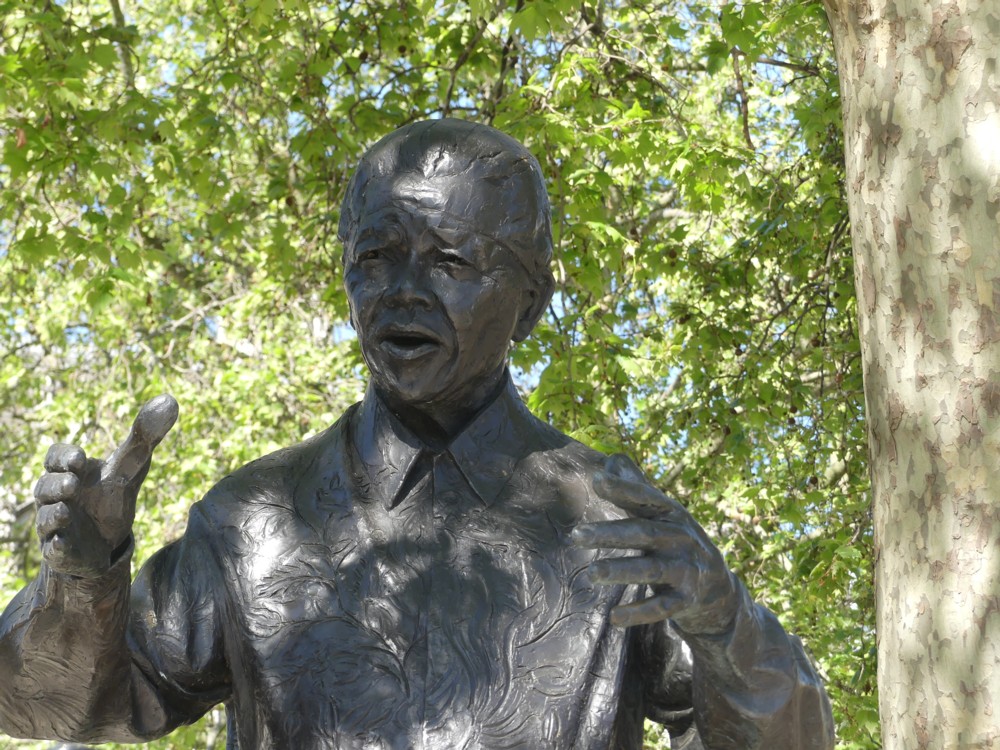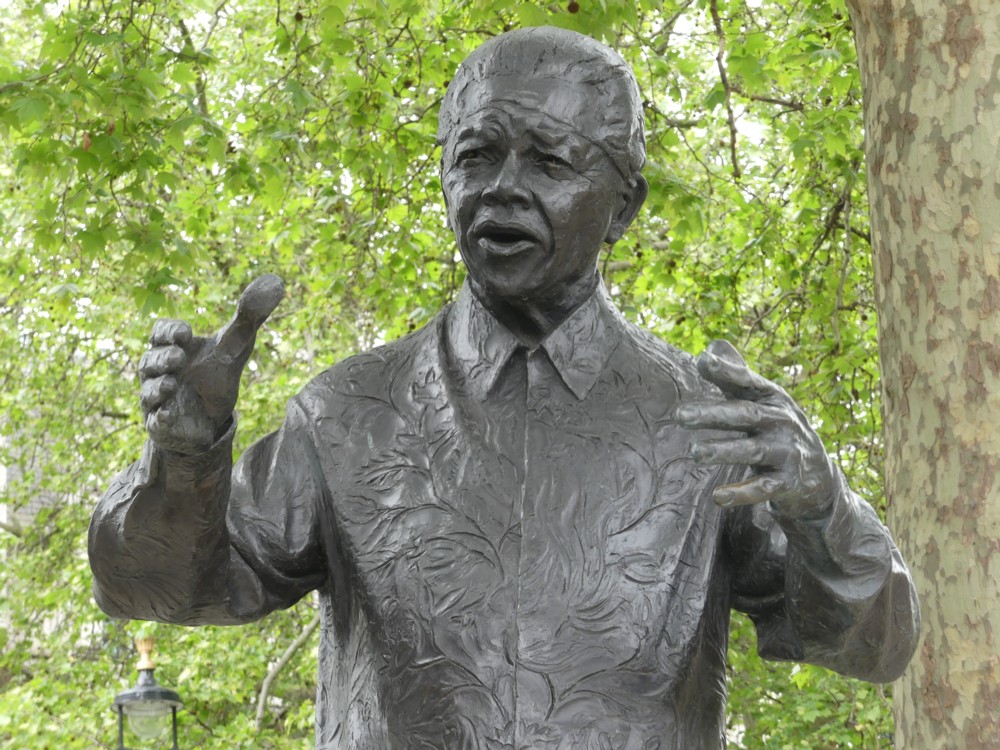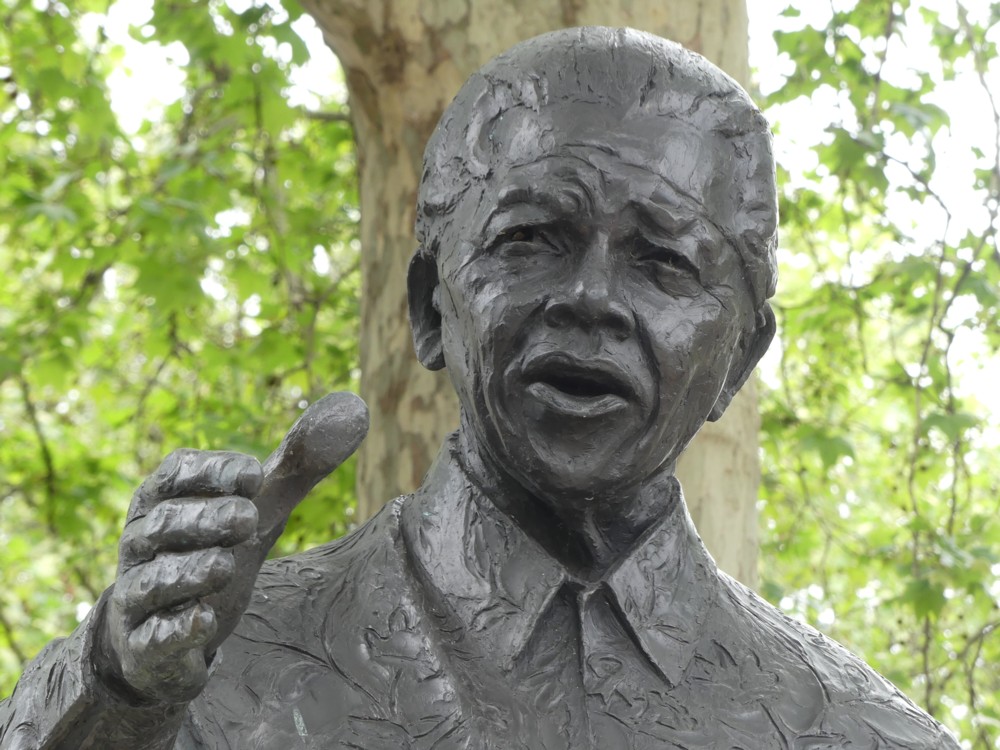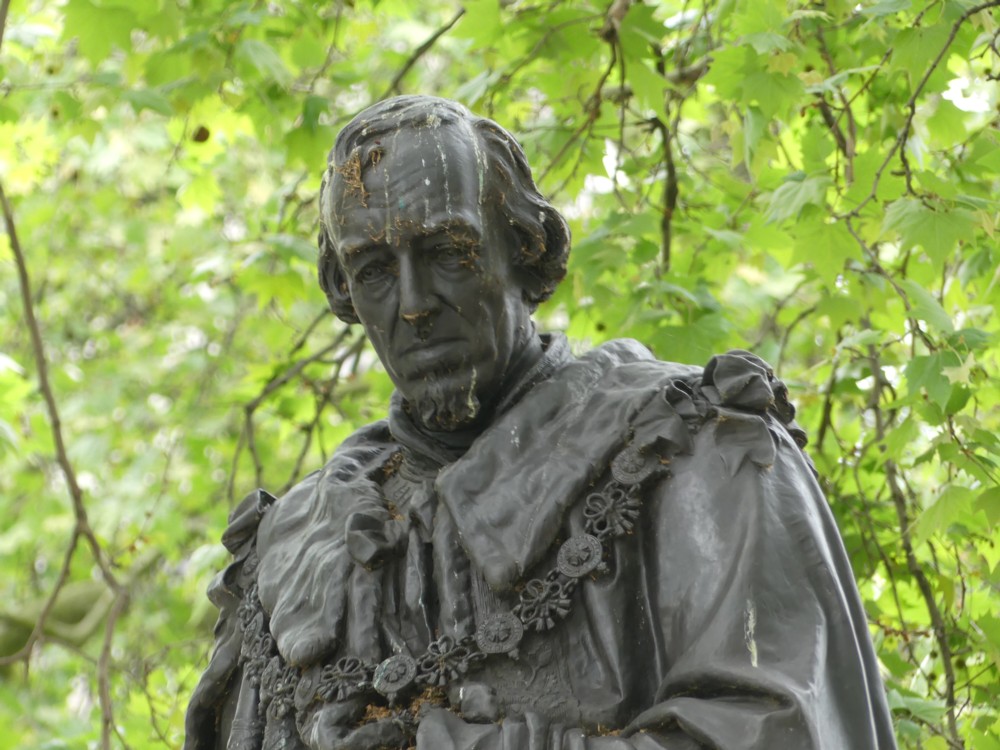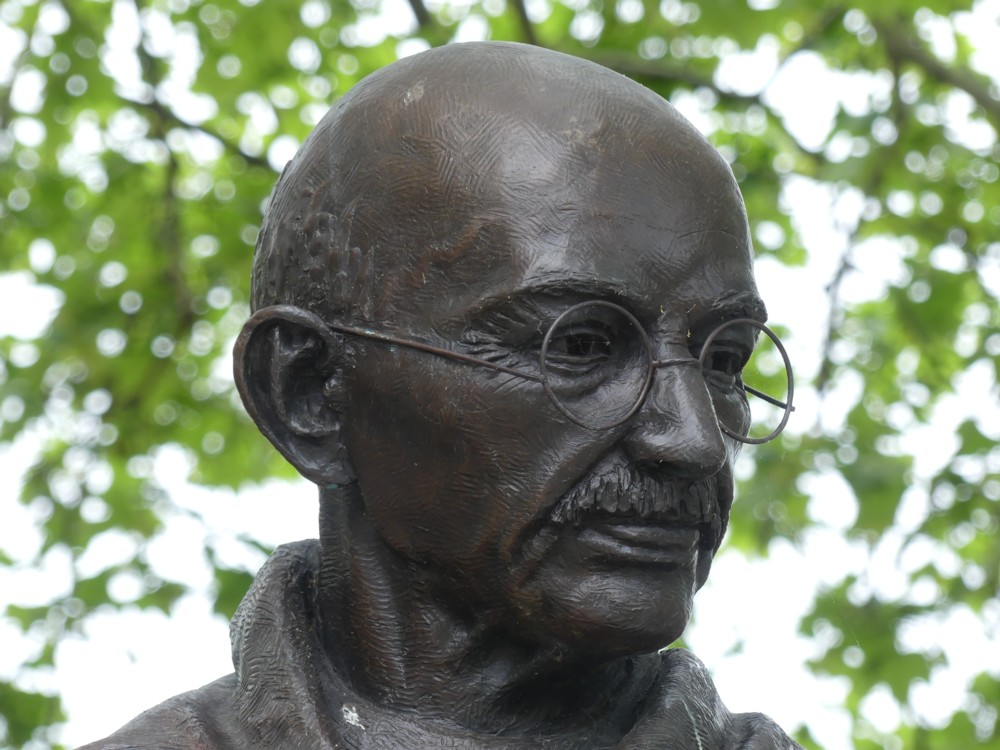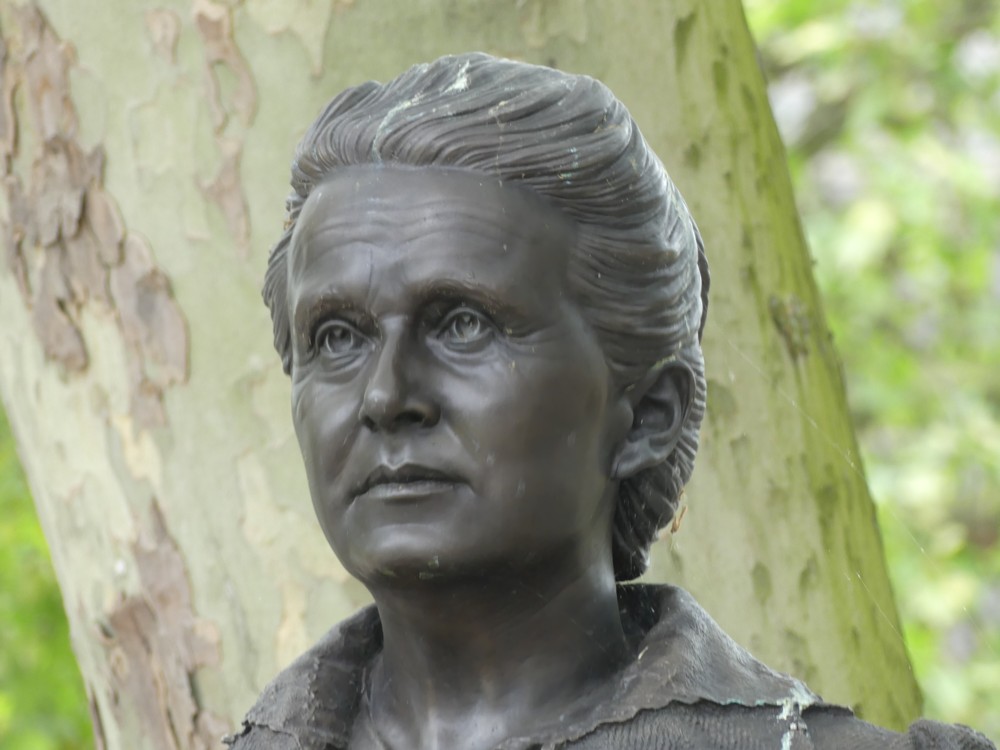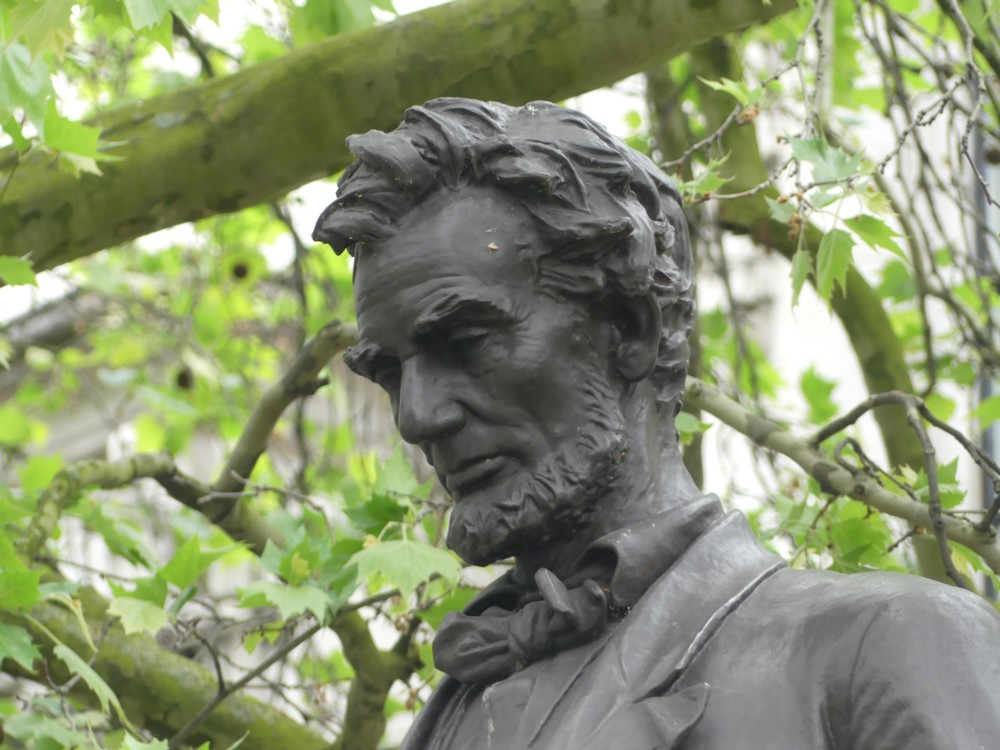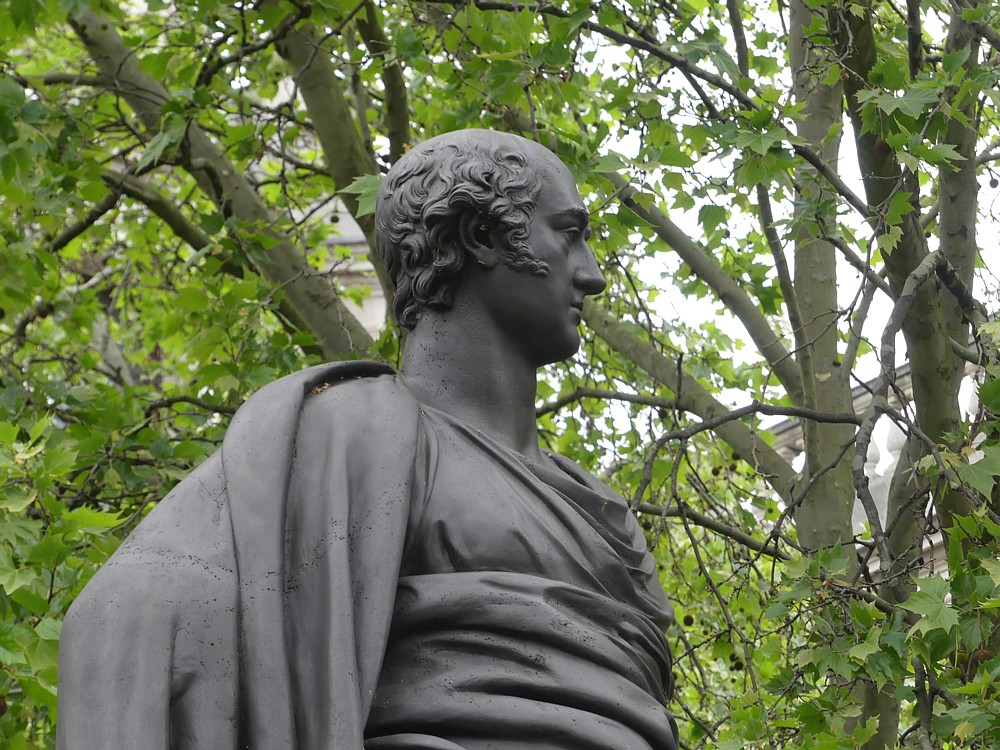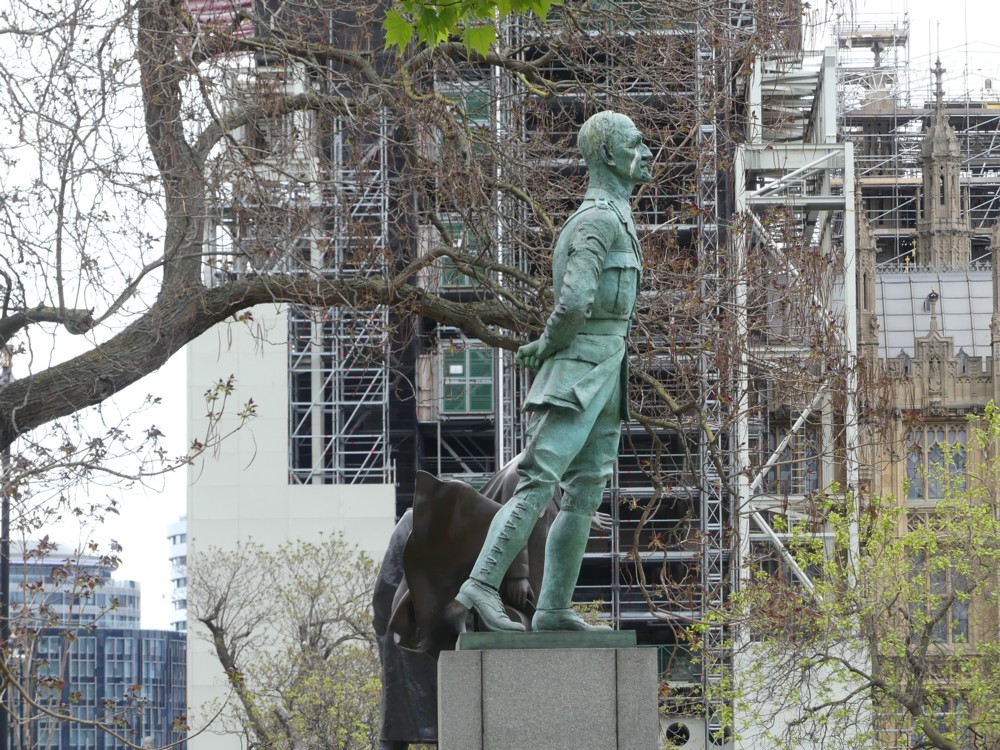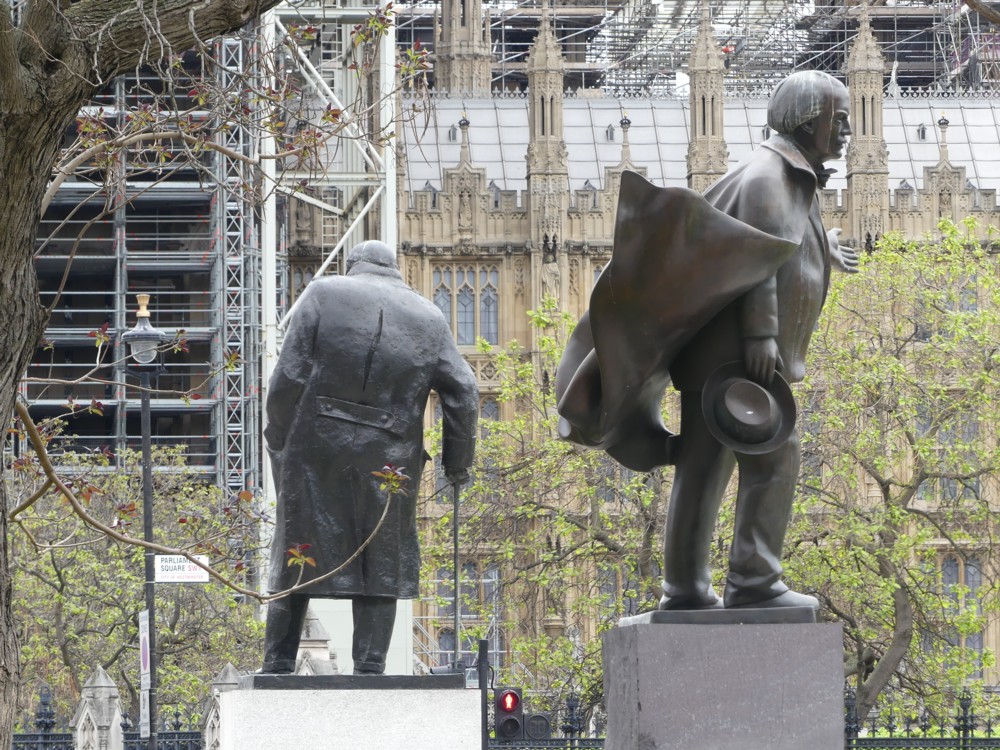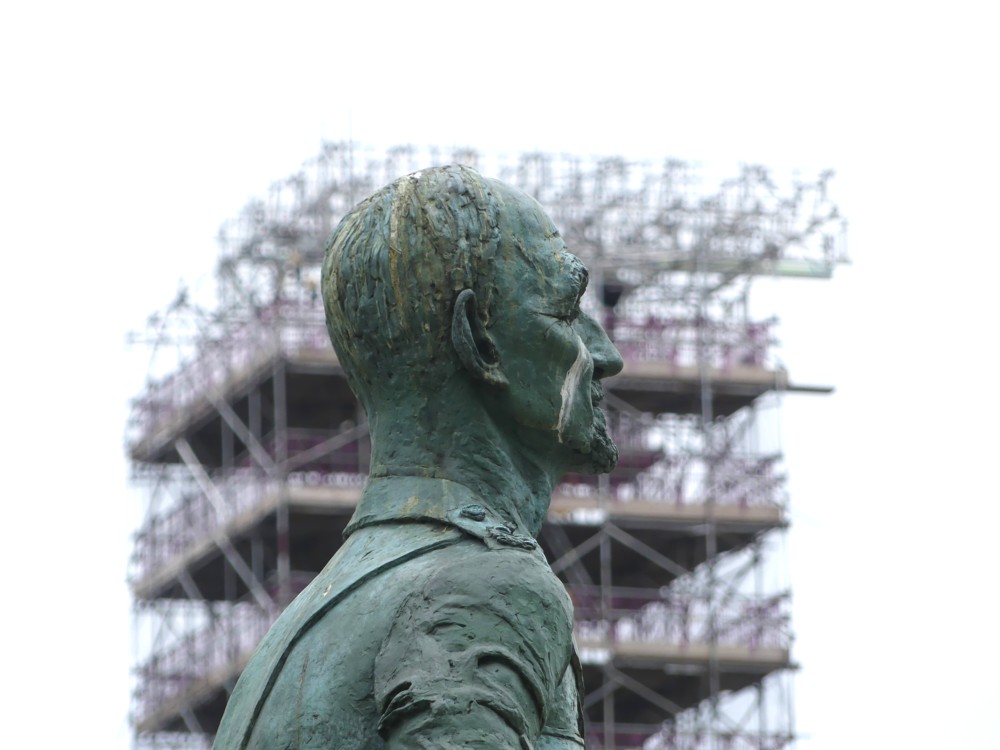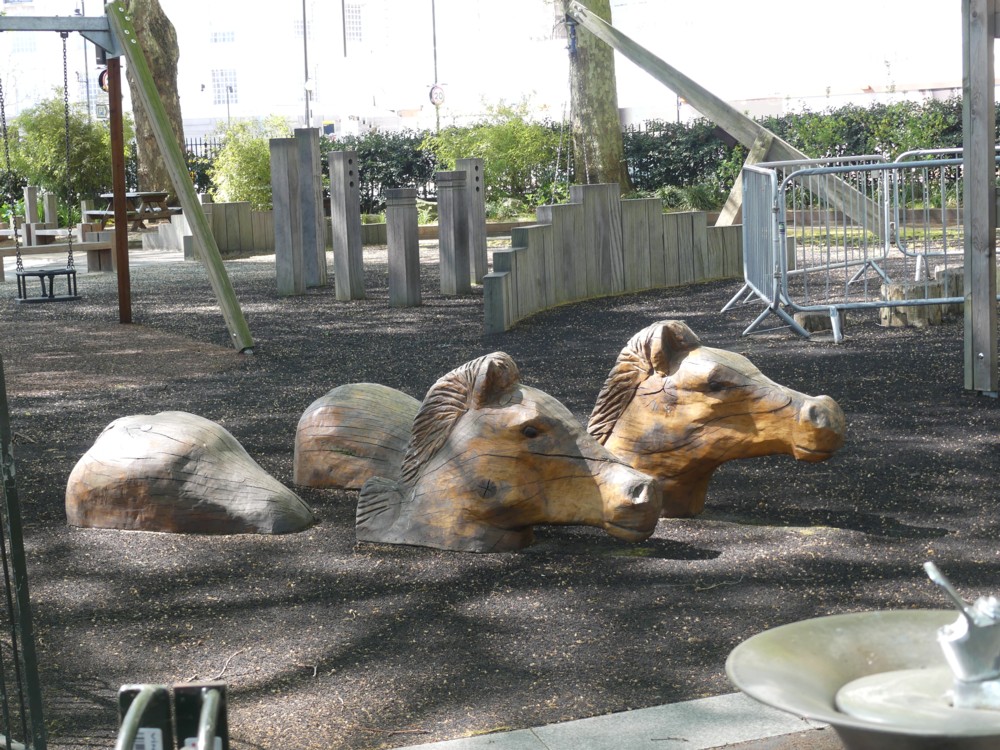Being unable to use public transport, but still allowed to venture out of doors on foot, I have been concentrating my photographic attention on nearby places. And I have become especially fixated on the statues in Parliament Square.
Here are a couple of photos of one of these statues, a recently installed one, of Millicent Garrett Fawcett:
I show you the one on the left because it shows when not to try photoing some of these statues, namely those on the opposite side of Parliament Square from Parliament itself. I photoed that one on April 6th, in the quite late afternoon. Don’t try to photo these statues late in the afternoon, when the light is behind them to the west, unless all you want is silhouettes.
On the right is a photo I took this morning, when the light was coming from the east.
But the light coming from the east needed to be of a particular sort, which at first I got rather wrong, as the next two photos illustrate:
That’s Nelson Mandela, as I am sure you realise. The one on the left is a photo I took on the morning of April 26th, a morning I chose because it was so sunny. However, it was too sunny. By then, there were leaves (I constantly find leaves to be the enemy of successful photoing) casting random shadows over everything, and making it hard to discern the patterns on the surface of the statue,and totally messing up his face.
So, when I returned today, in the morning, I had chosen a less sunny morning, to see if that made things better. It did. Instead of the light crashing like a searchlight upon everything, and remembering all the things that had got in its way on the way to its destination, the light this morning wasn’t crashing anywhere. It was merely flowing gently, everywhere, in all directions, like a set of blurry lamps instead of one brutal searchlight. Hence the relative success of the photo on the right.
Until now, I have not tried very hard to photo statues. I have tried, but not very hard. I just photoed and hoped for the best, without wondering why it worked sometimes rather than at other times. But, I had begun to think that the sort of light I normally most enjoy for photoing, bright sunshine, might not be the best sort of light for statues. This morning, I paid attention to this notion, and it seemed to work very well.
So, here are several more photos that I took this morning, this next lot showing facial details of a sort I have never managed to get before, from these particular statues. These ones are close-ups of six of the statues that are at the west end of the square – Mandela (again), Disraeli, Gandhi, Fawcett (again), Lincoln, and Canning:
I forgot Peel and Derby, this morning. Or I think I did. I got in a bit of a muddle, forgetting that “Lord Beaconsfield” was really Disraeli. Maybe I have photos of Peel and Derby from earlier expeditions. If not, I might go back and do them too. Easy to do, what with all these Things being a walk away. (Photo rule: try to photo-obsess only about things within easy reach.)
Anyway, I’ll end this with three more photos I photoed this morning, two of them of one of my favourite statues in this square, Jan Smuts. I don’t know much about the man himself, but I really like this statue of him. I like that it’s green. And leaning forwards, like he’s skating:
I have photoed Smuts a lot, because he doesn’t always look like a mere silhouette in the afternoon. In these photos he has scaffolding behind him, and regulars here know how I feel about scaffolding. Also behind Smuts in the left hand photo of him there are the statues of Lloyd George and Churchill, which are properly photoed in the middle photo, again with scaffolding in the mix. Again, favourite subjects of mine, even though I don’t much like the statue of Lloyd George. To be exact, I don’t like his coat, which doesn’t look like a coat at all. More like metal. Which might be because it is metal.
Shame about all the birdshit.

